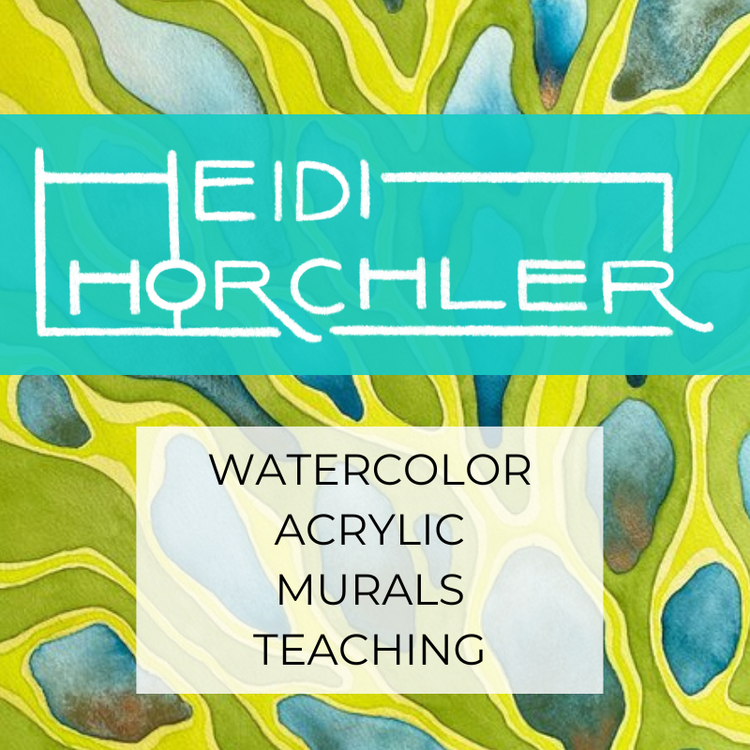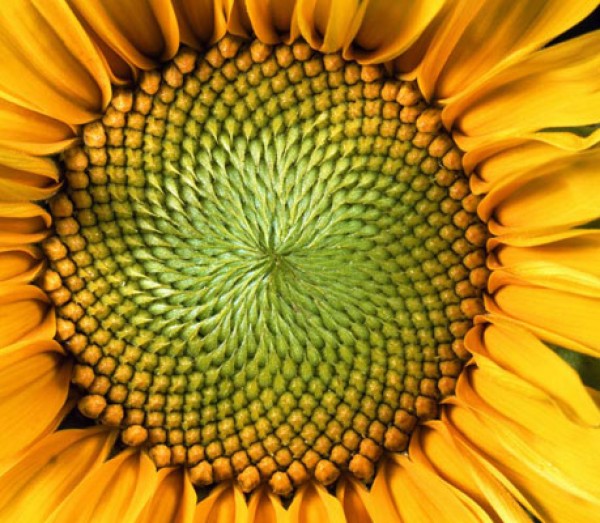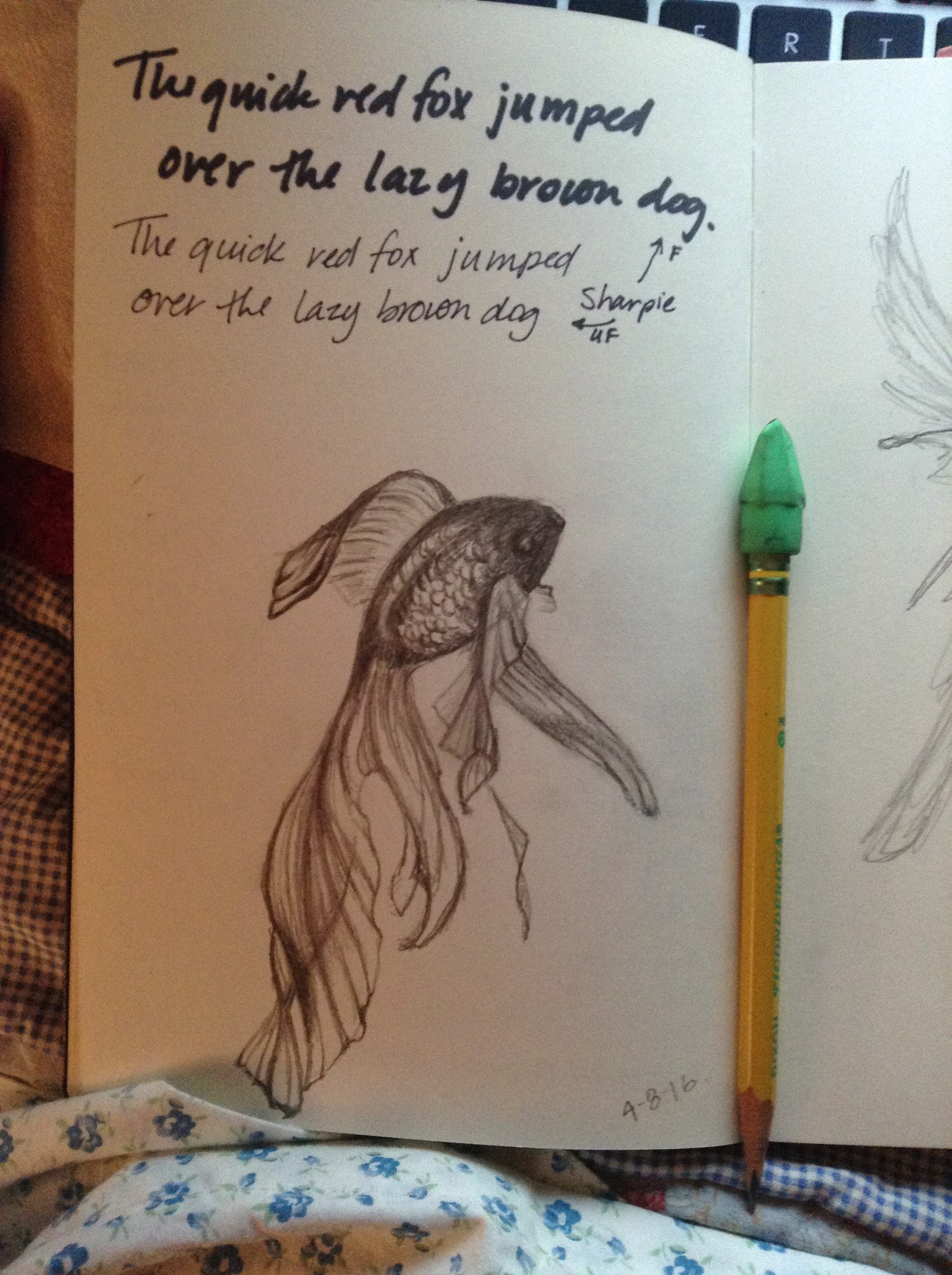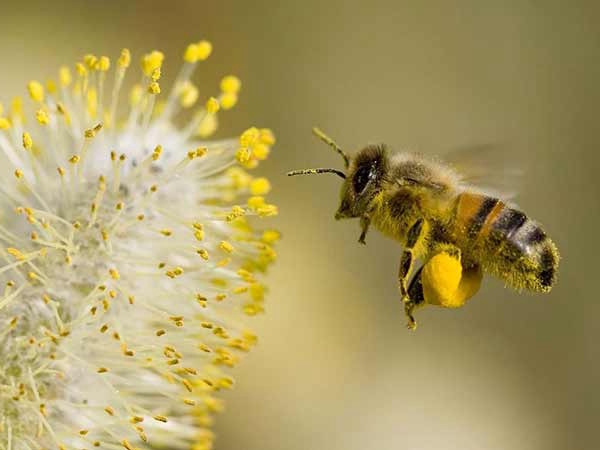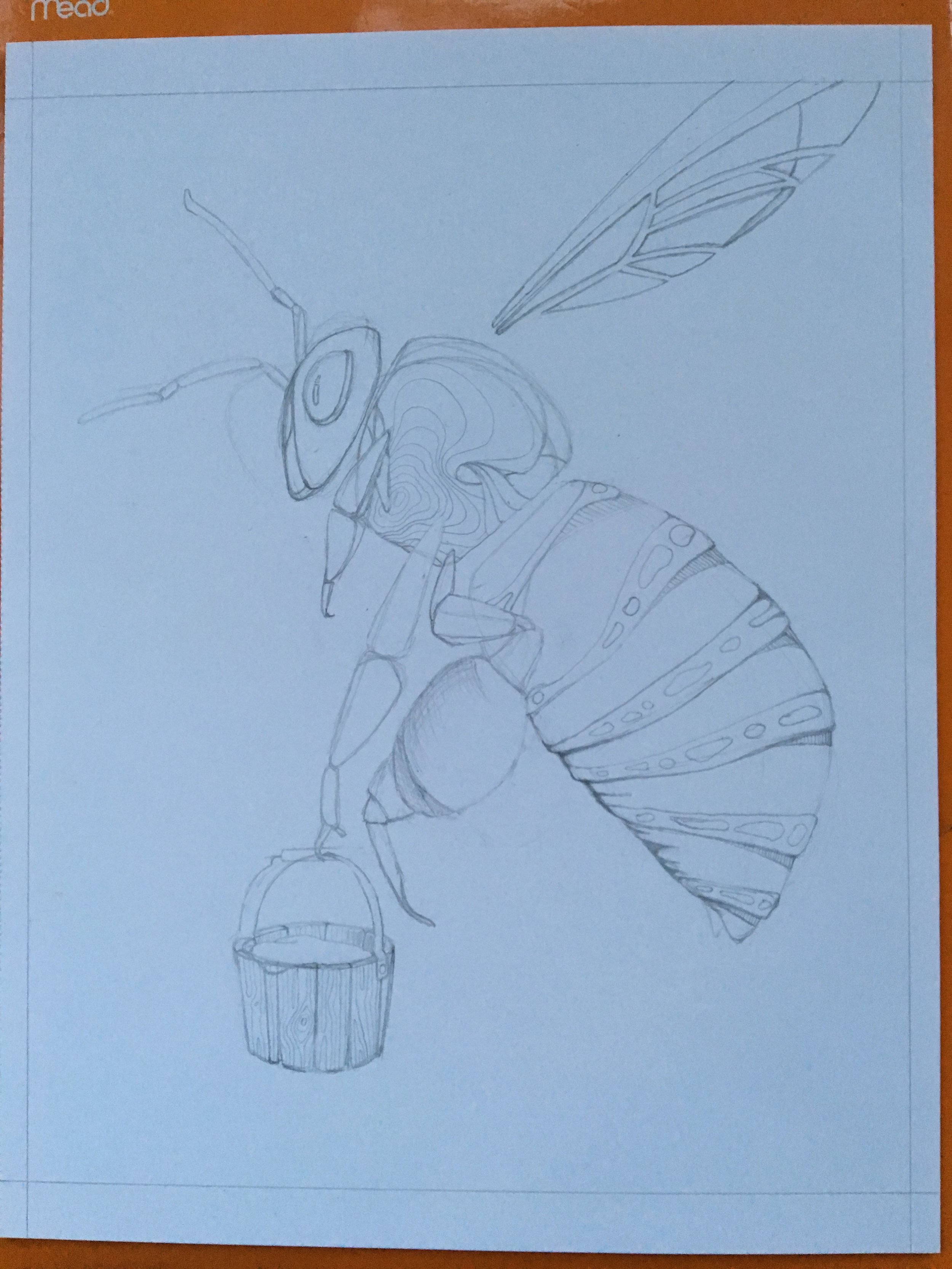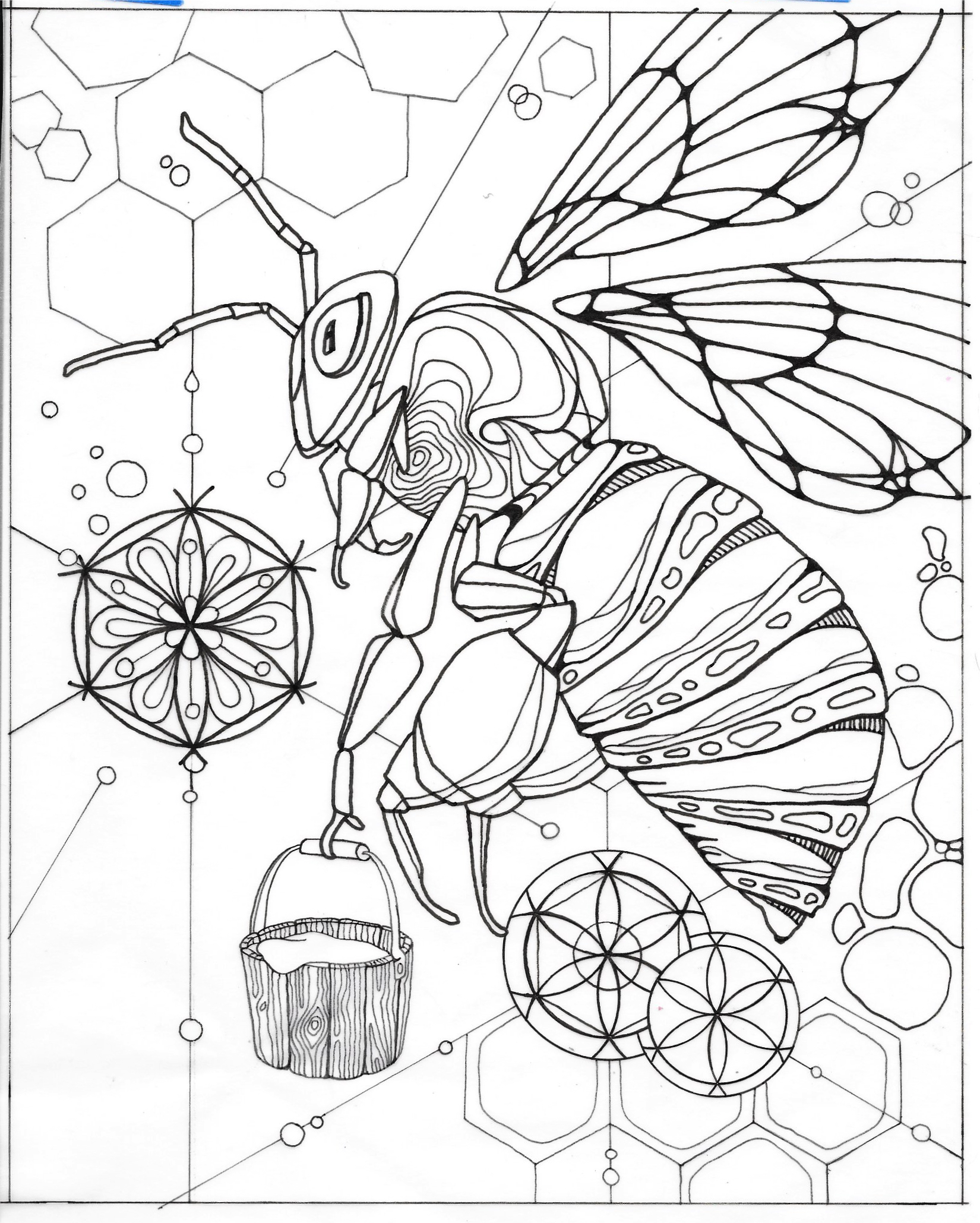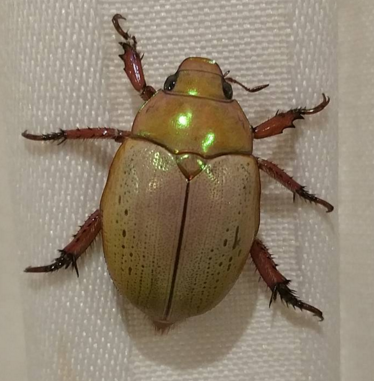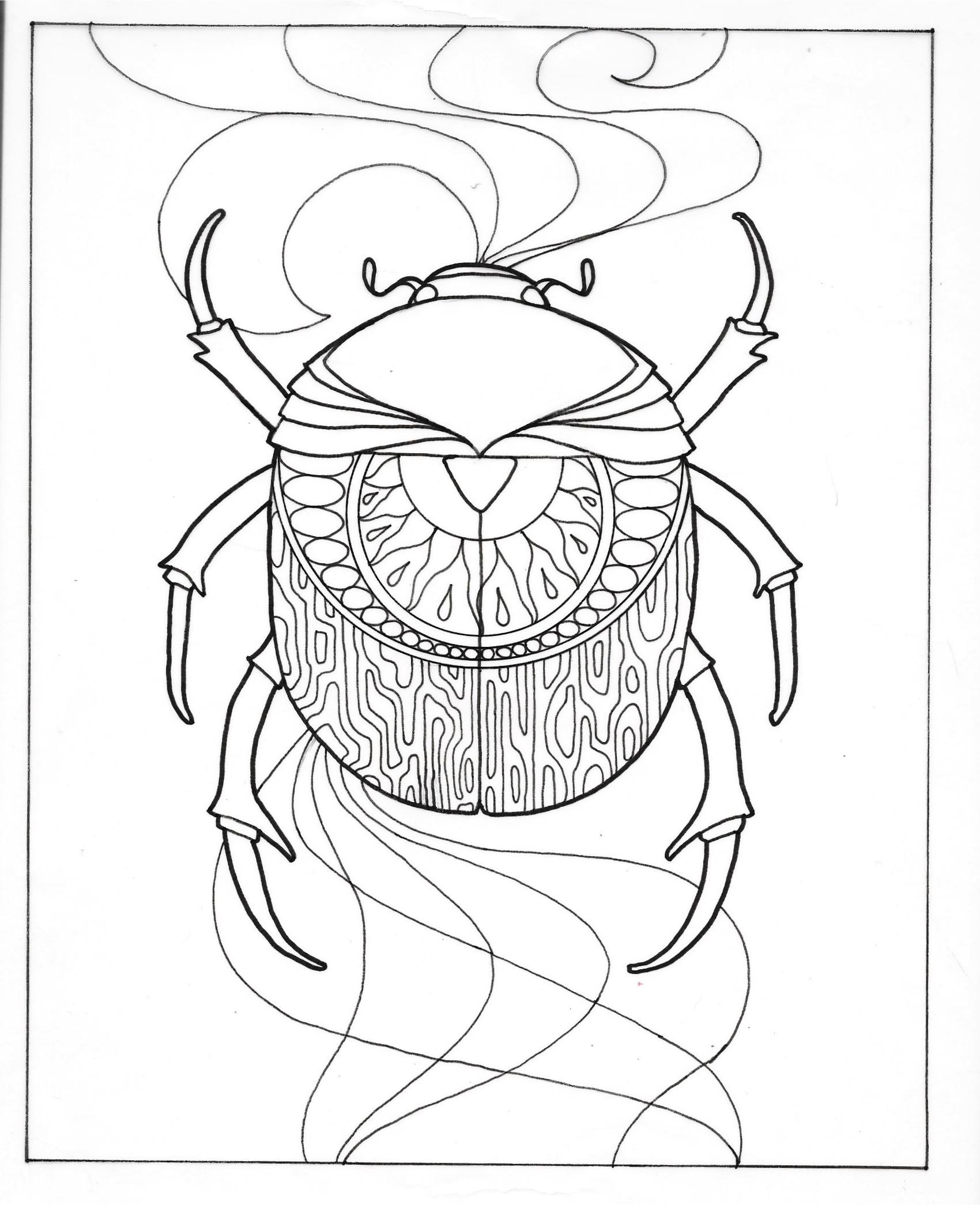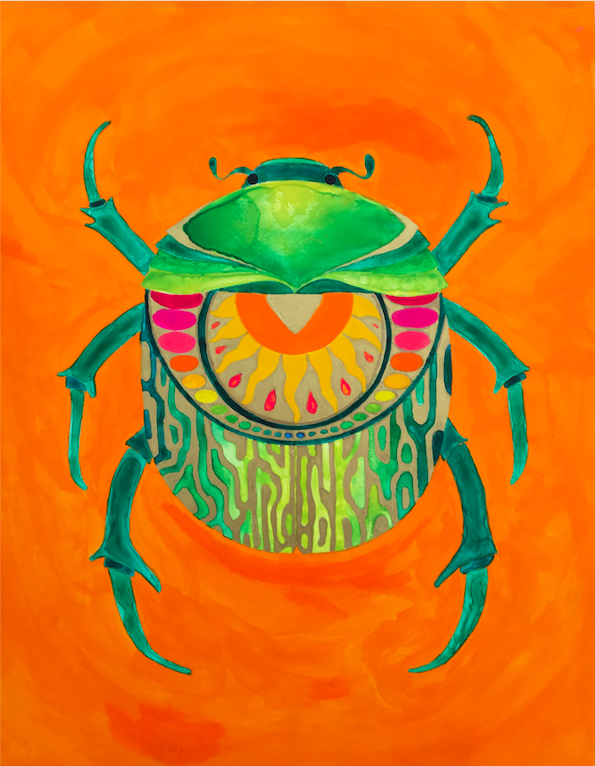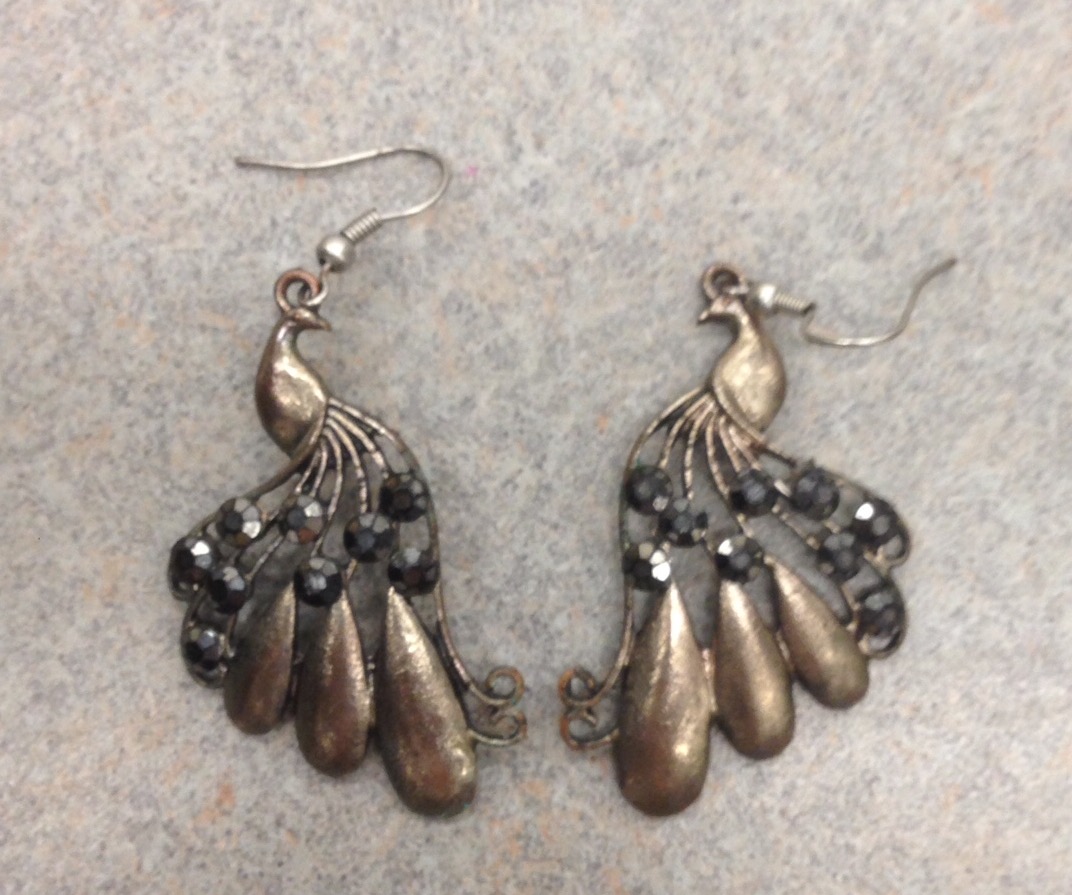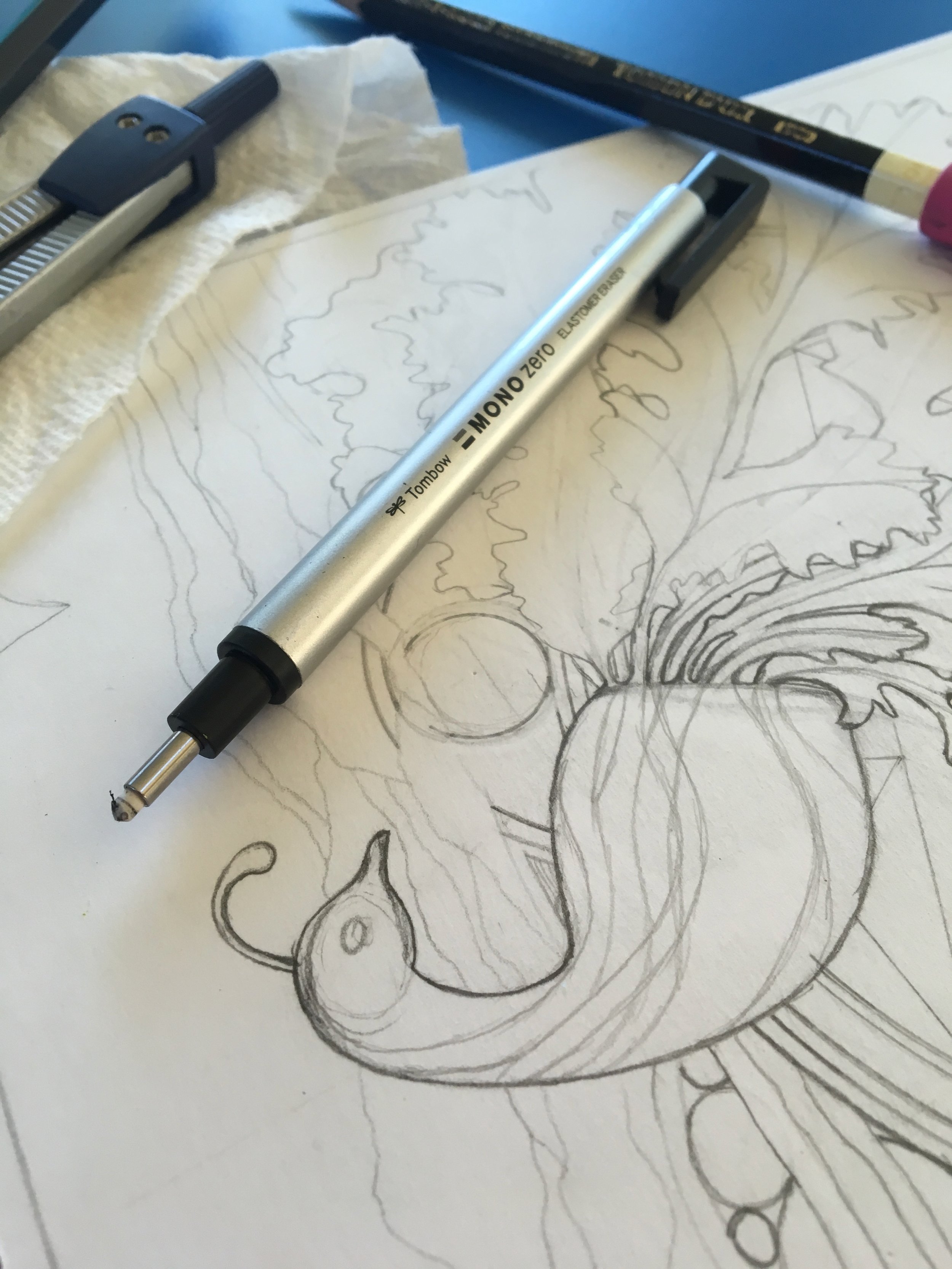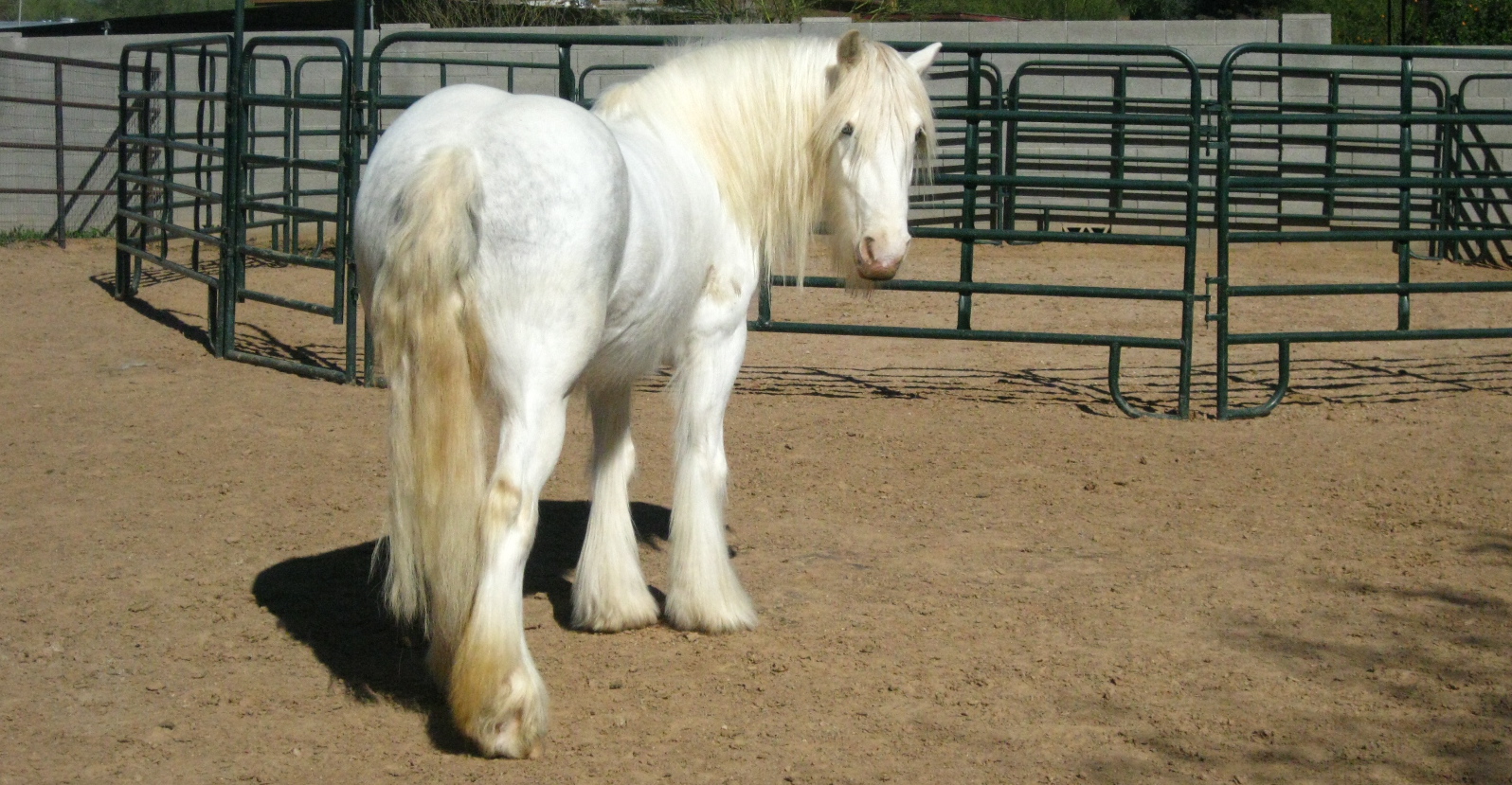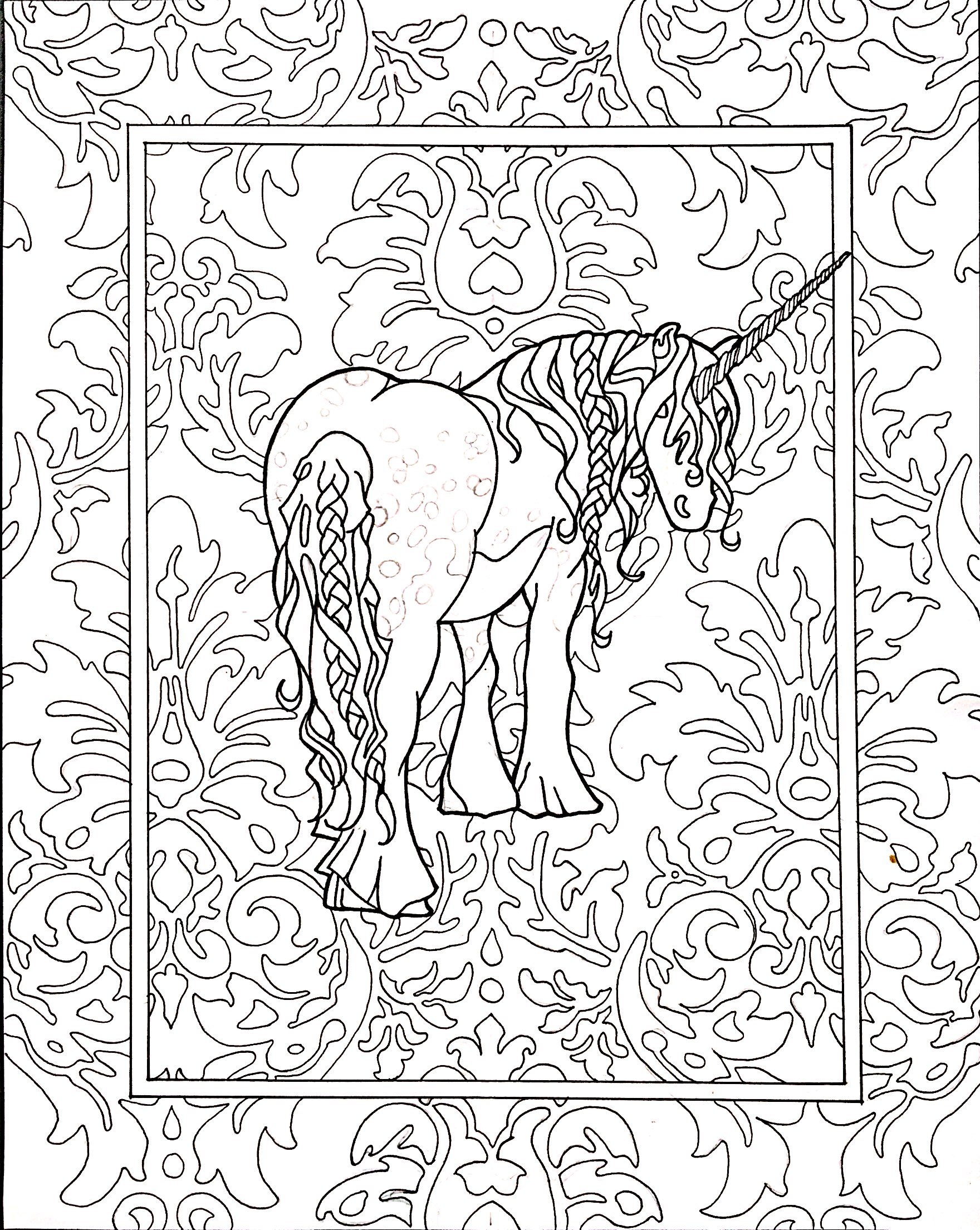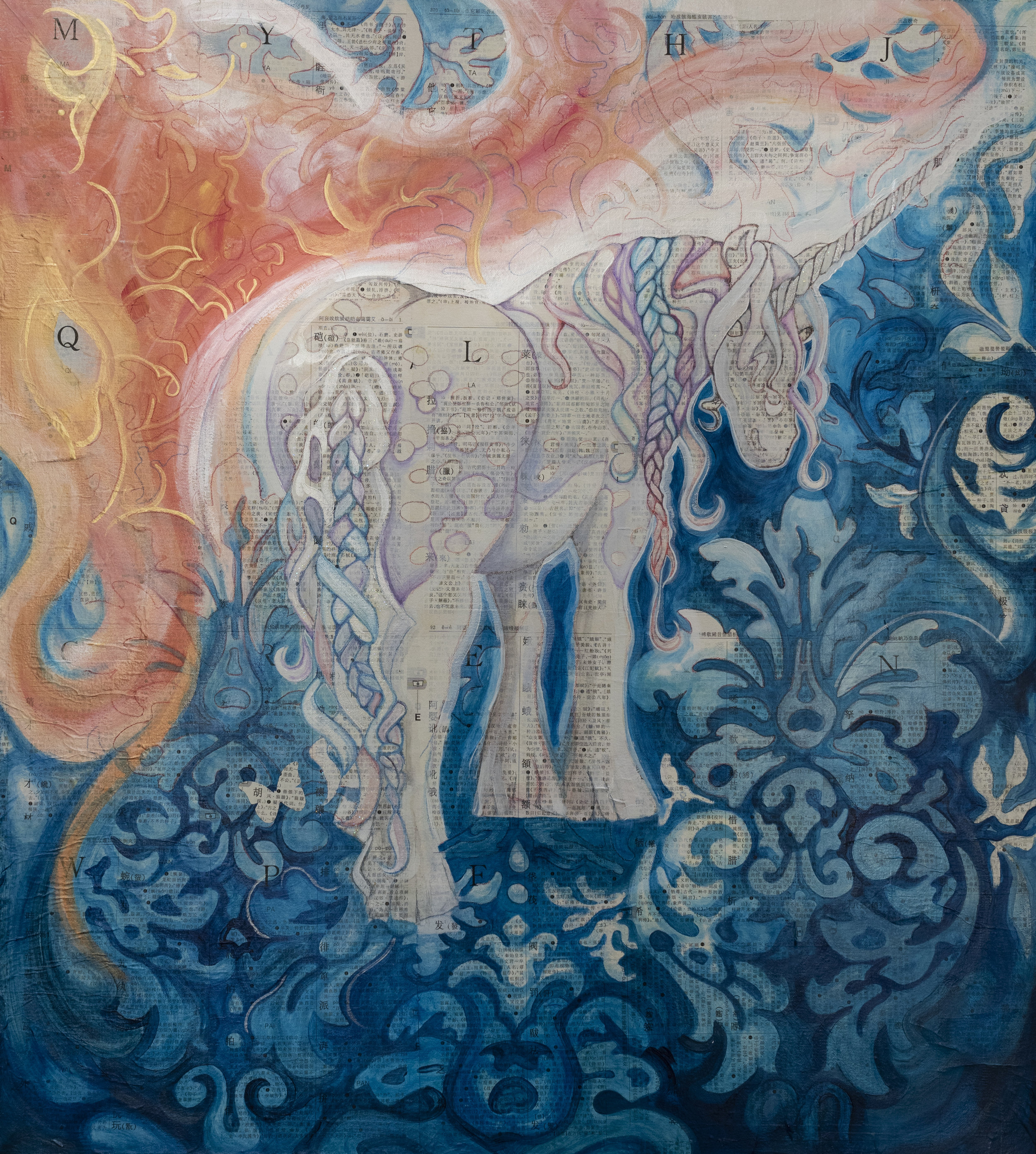Hunting for & Collecting Images
Common artist problem: “I don’t know what to draw.”
Common question to artists: “ Where do you get your ideas?”
I keep my reference photos in a folder, which I backup regularly.
The answer to both of these questions is to have a source file of images ready to go. This will help you when you want to make something but you don’t know what to draw - go look in your file. Say you’ve been looking at a particularly cool photo of an octopus tentacle on tumblr, and can’t get the image out of your head. And you found a cicada wing when you were skimming the pool. And you just took a trip back home and drove past a field of hundreds of acres of huge sunflowers. What do these things have in common? Nothing except the fact that they keep popping up in your brain. Put them in a drawing!
Gather up the images that call out to you, and keep them in a file, either a folder in your hard drive, or an online file storage system like Dropbox or Google Drive, or whatever you normally use.
When you’re an artist, you tend to think visually - ideas come into your mind as images, patterns, colors, etc. Sometimes when we have too many of these floating around in our heads, it causes a bit of an info overload. But luckily we live in an age where the handiest tool for accumulating idea imagery is right in our pocket - our phone.
So you want to draw a leaf? One leaf is usually easy enough, but if you want to draw more, you’re thinking “Ok, I’ve seen tons of leaves in my lifetime, why can’t I figure out what one leaf looks like next to another leaf?”
Go outside. Find some leaves. Take a picture. Boom. Reference material!
What about other types of leaves? Well, start taking pictures everywhere you go. Zoos, botanical gardens, and museums are great places to find species that you don’t normally see around your house. When you take a vacation, gather some images there as well. Use this same trick for flowers & trees.
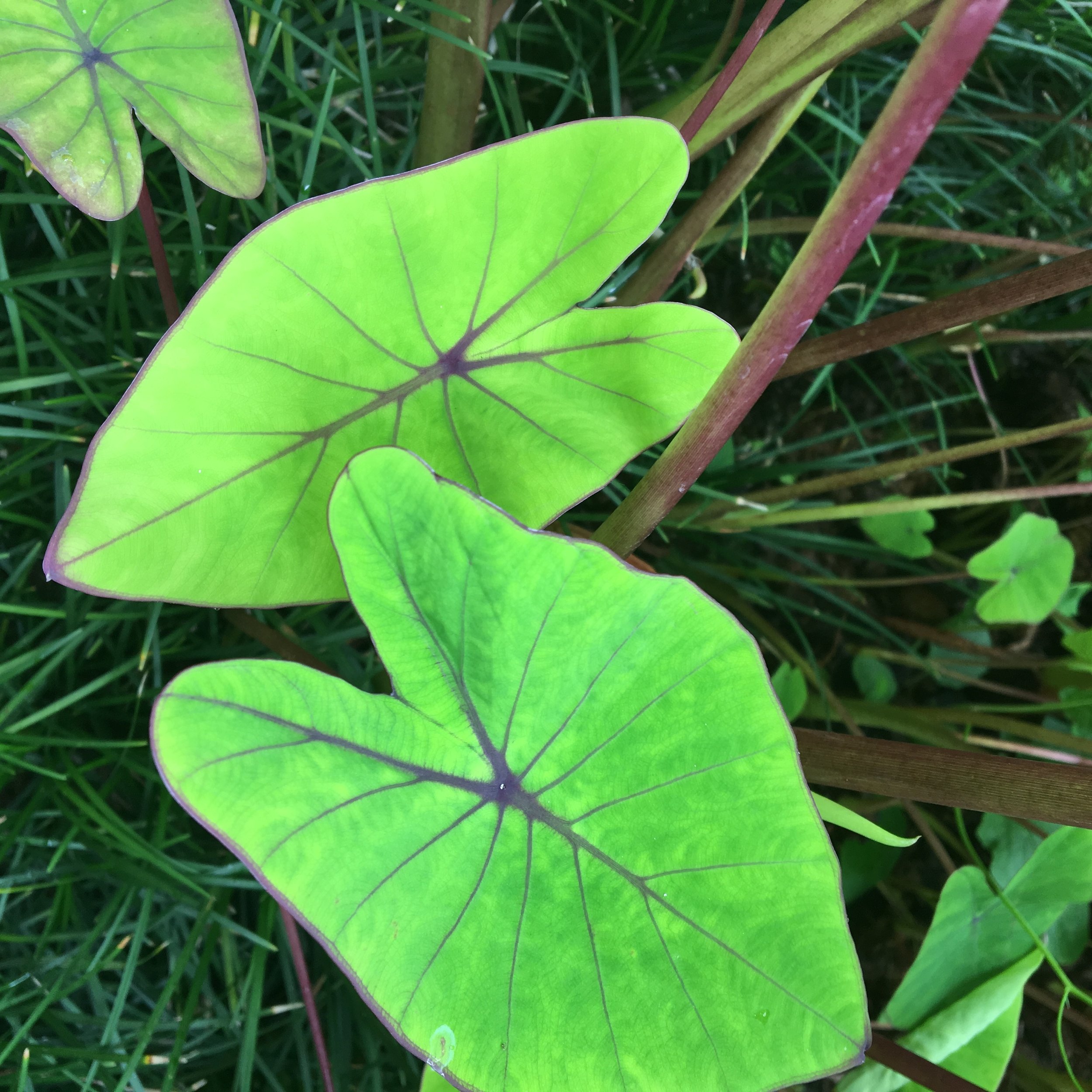


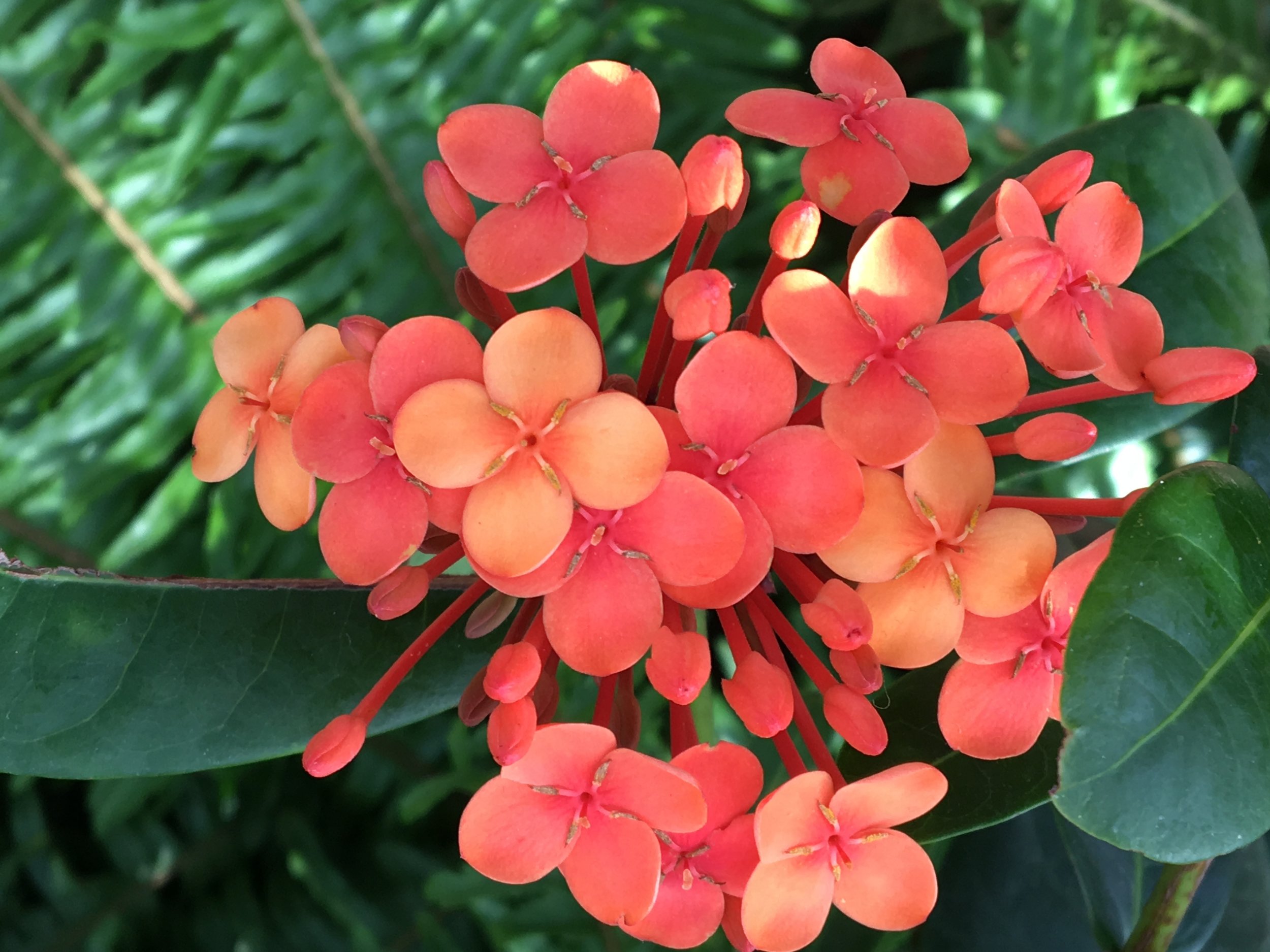
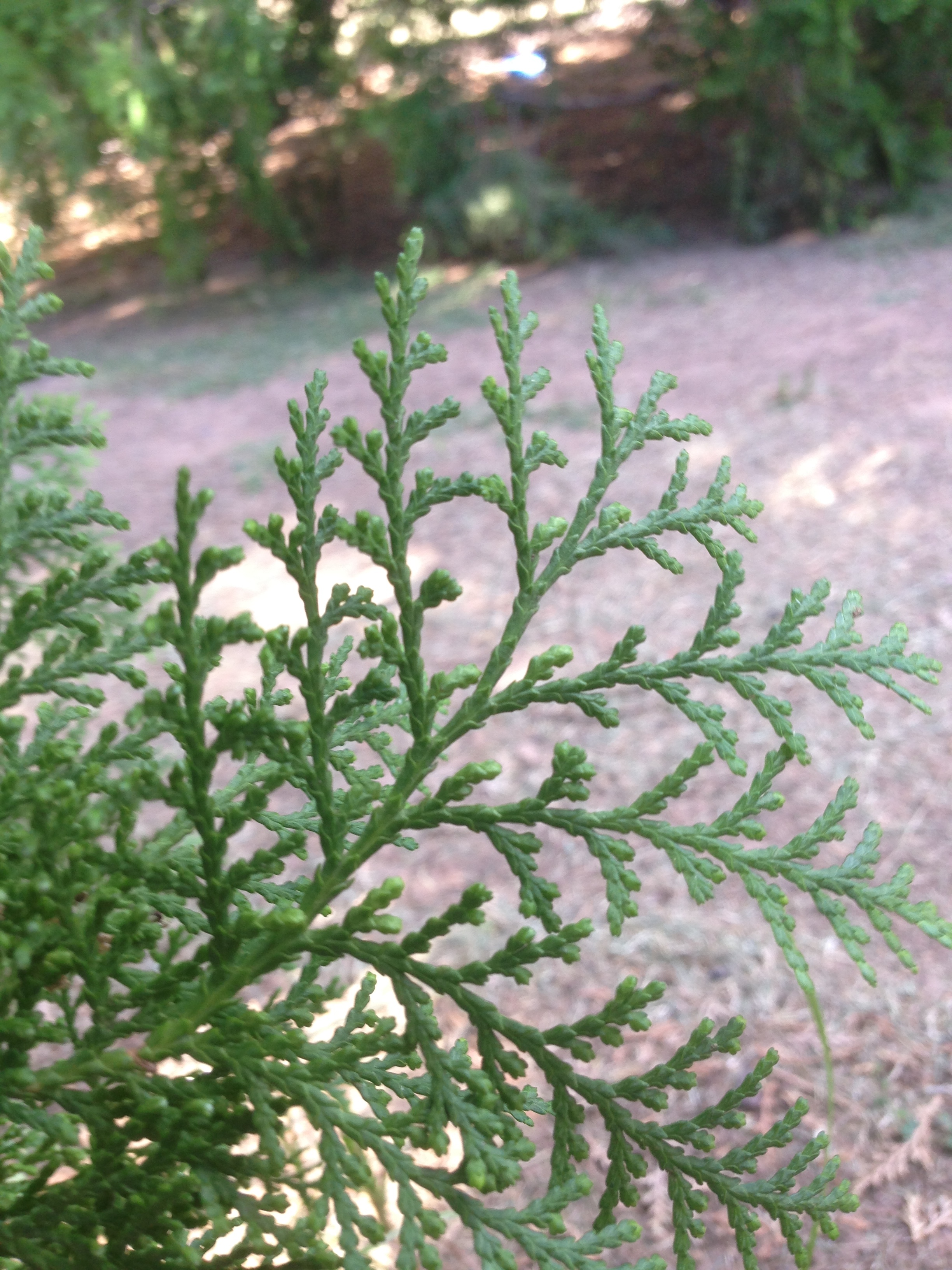
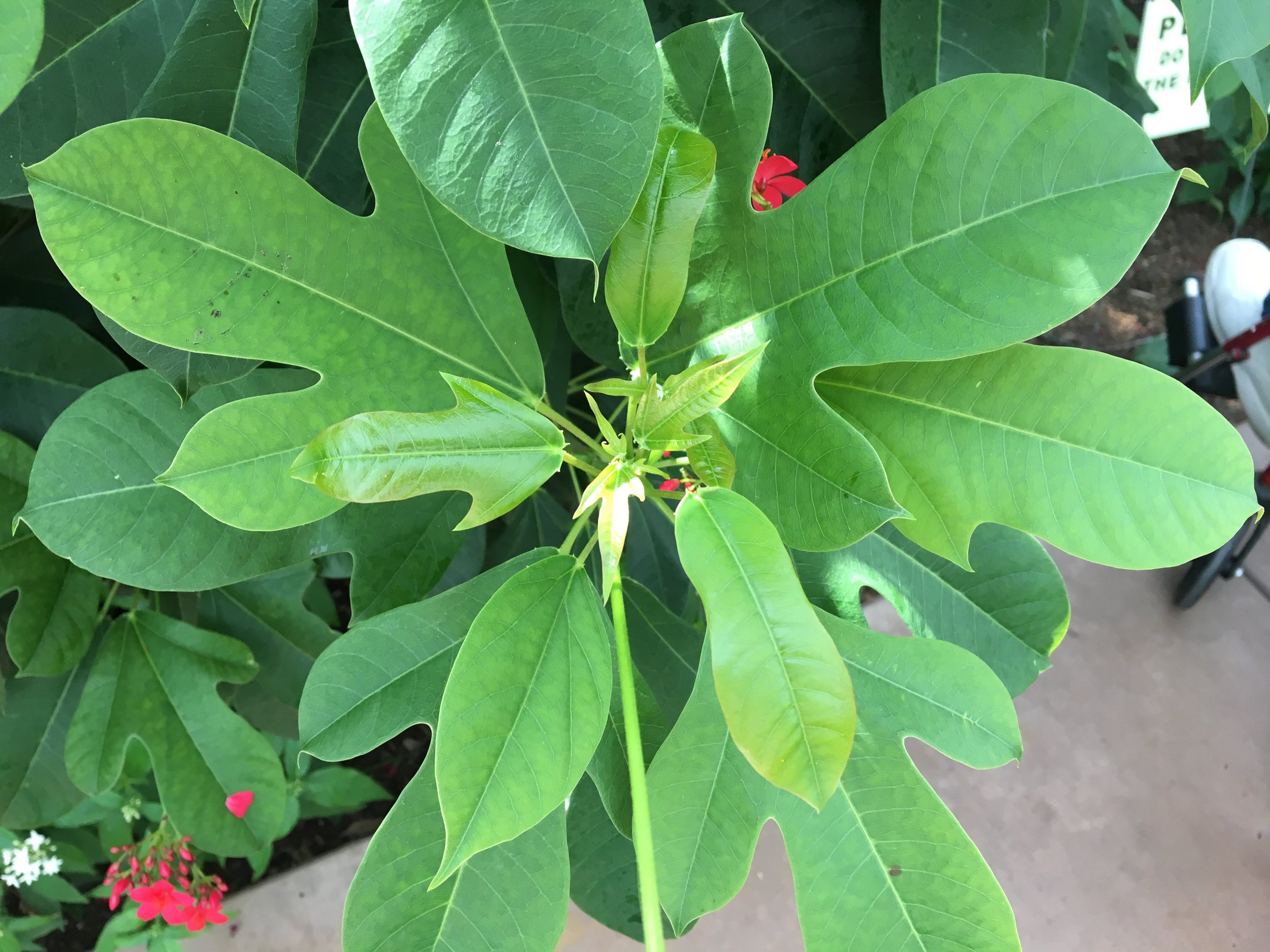
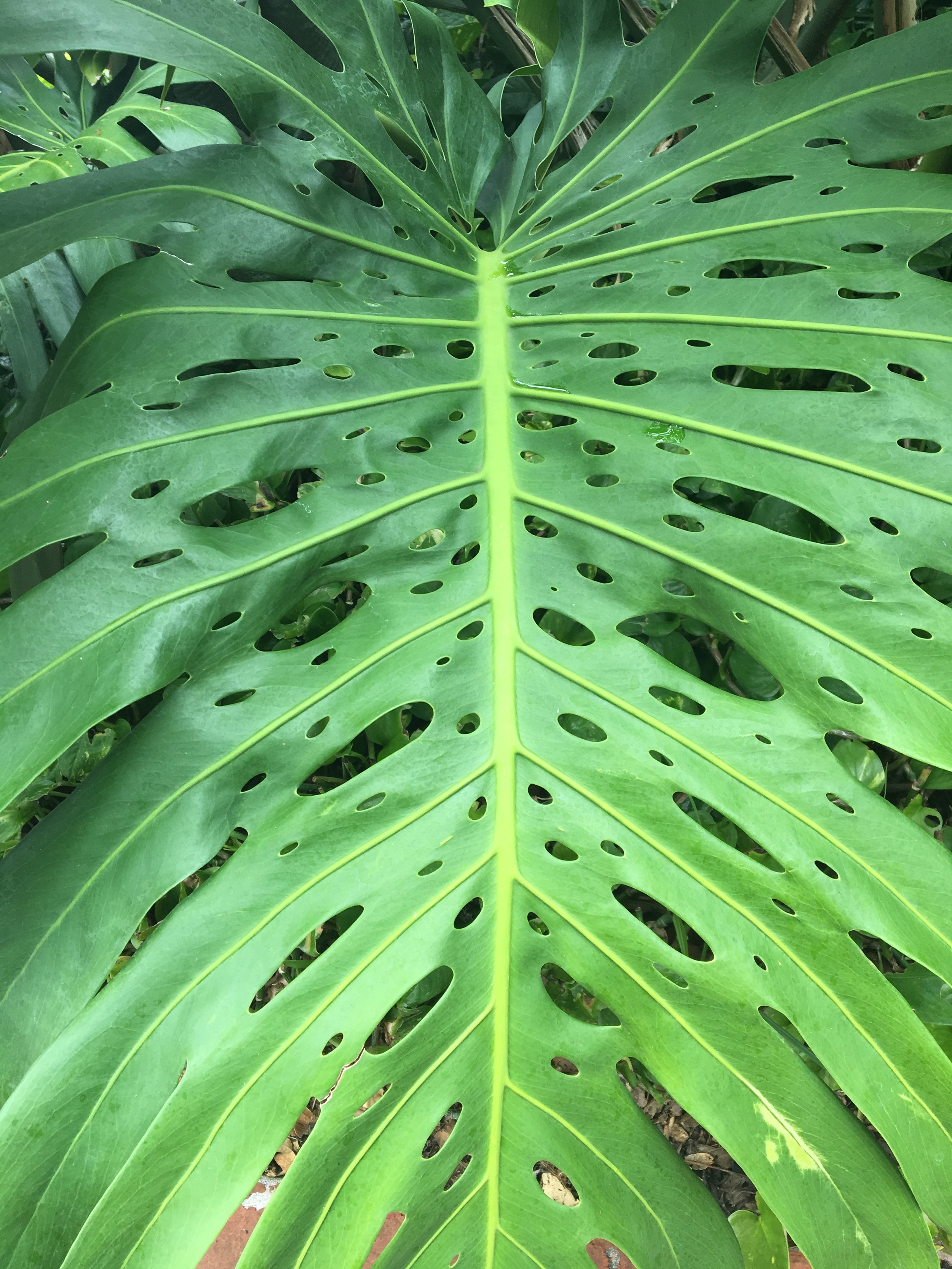


As you gather these images, you’ll start to notice things like growing patterns - some leaves grow in a branch formation like the evergreen, some grow in a Fibonacci-style spiral pattern around a single stem, some grow in little clusters. Sometimes the edges of the leaves get highlighted by the light shining through, and others get shaded by the leaves or petals in front.
These leaves
Were about 1”x2” from a small plant on my kitchen windowsill and became the inspiration for my painting, Leaves.
Became these leaves.
19”x30” Acrylic painting.
Out & about
Is there a building that you see every day on your way to work or school that stands out to you? What is it about this building - The angles, textures, color, or the way it stands out between its neighbors? Is there a sign or lettering that catches your eye? Don’t ignore it, capture it!
Those travel photos that your mom sends you of her friend’s latest trip abroad? Put ‘em in the file!
Cool floor pattern in the restaurant you went to, biggest agave plant you ever saw? If it captures your interest, if it has you wondering “How could I draw that?” or, “What would that look like in my painting?” Take a picture and save it to your folder.
And don’t overlook the restroom! I’ve taken some great images from bathroom decor. If anyone asks what took you so long in the restroom, just say, “Oh, I was taking pictures!” (hover to see title)


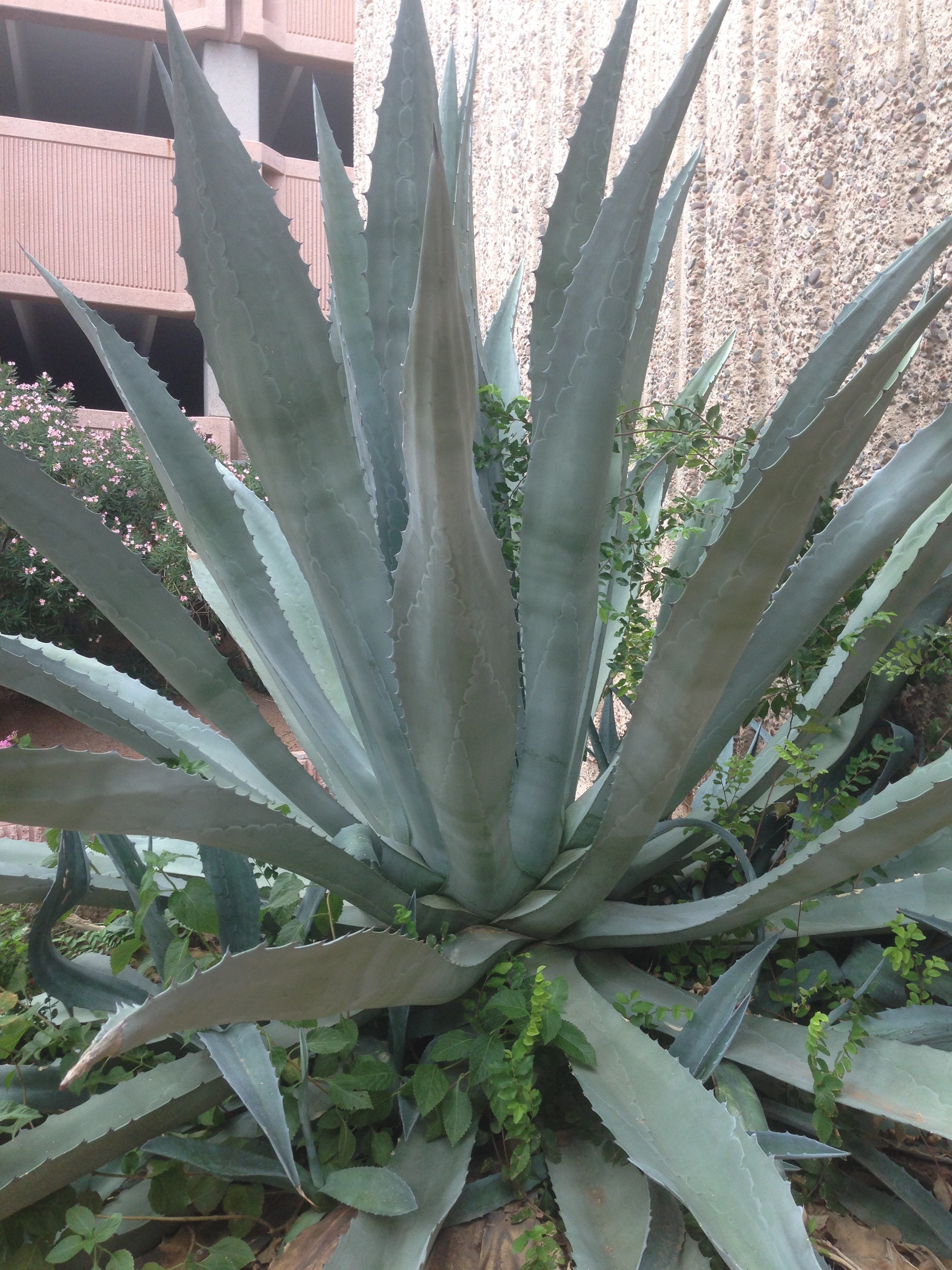


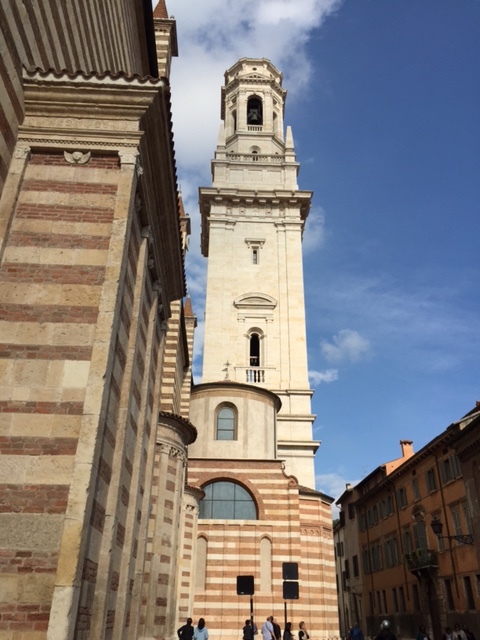



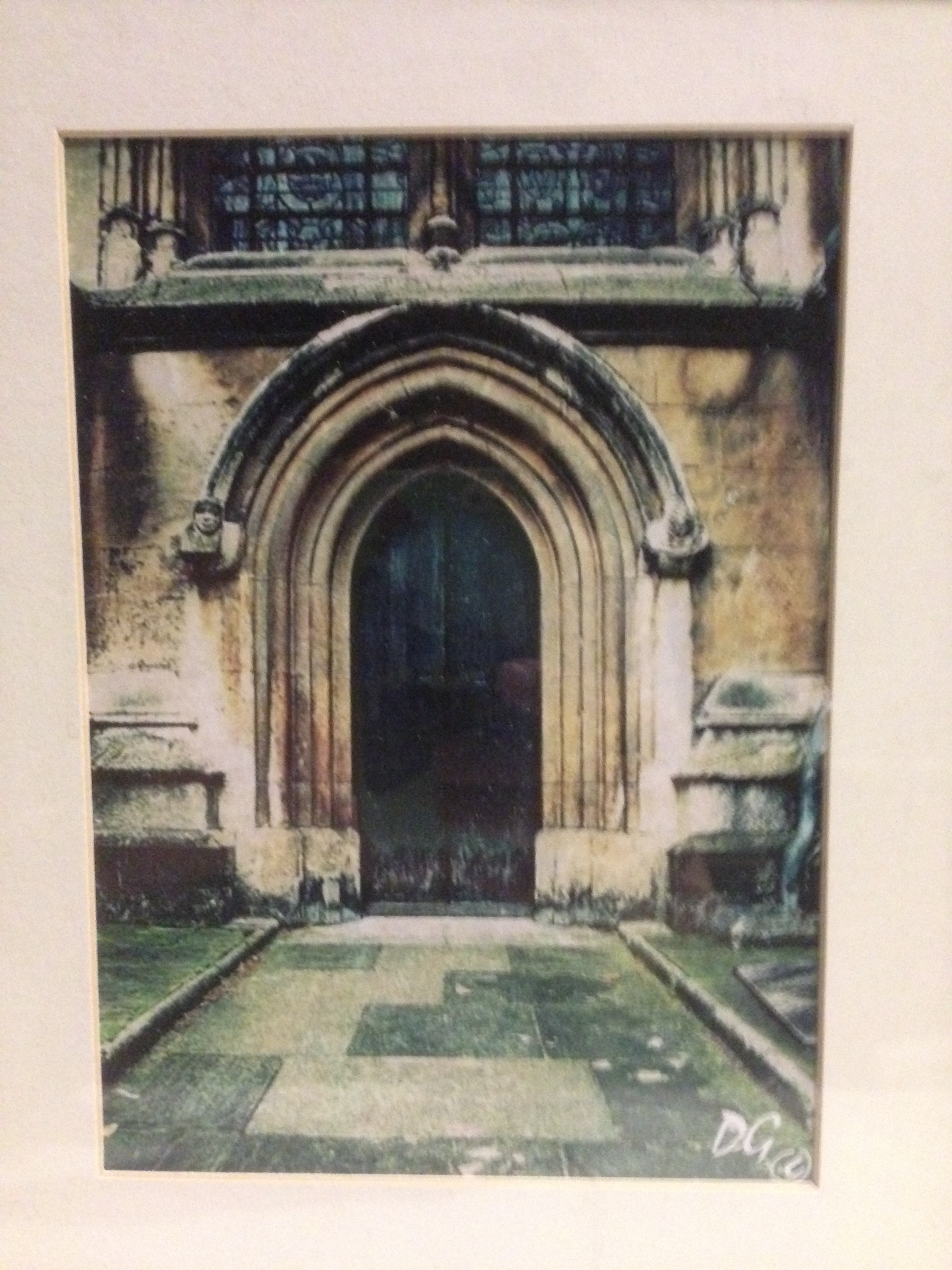

Hunt Images on TV
If you see a cool image in a show you’re watching, hit pause, and if you’re on your computer take a screenshot (command + shift + 3 on a Mac), or pause the image on your TV and take a photo with your phone. Here are a few images I’ve saved from different shows & movies: (hover to see title)

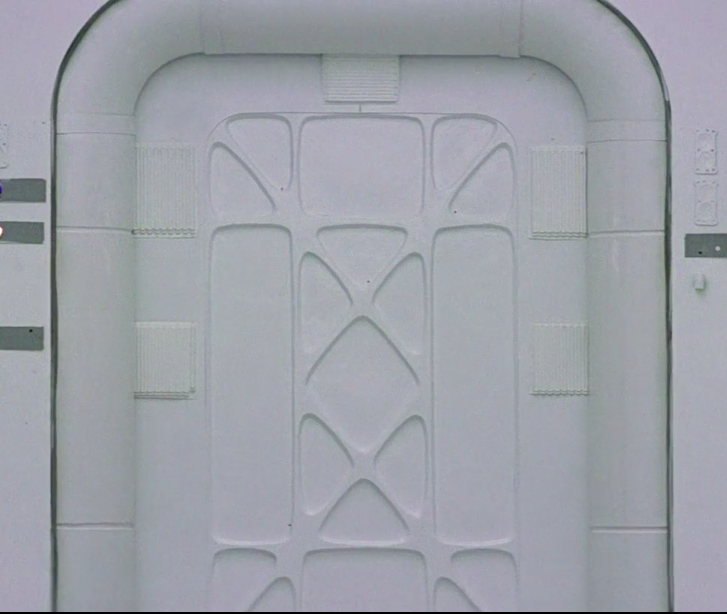
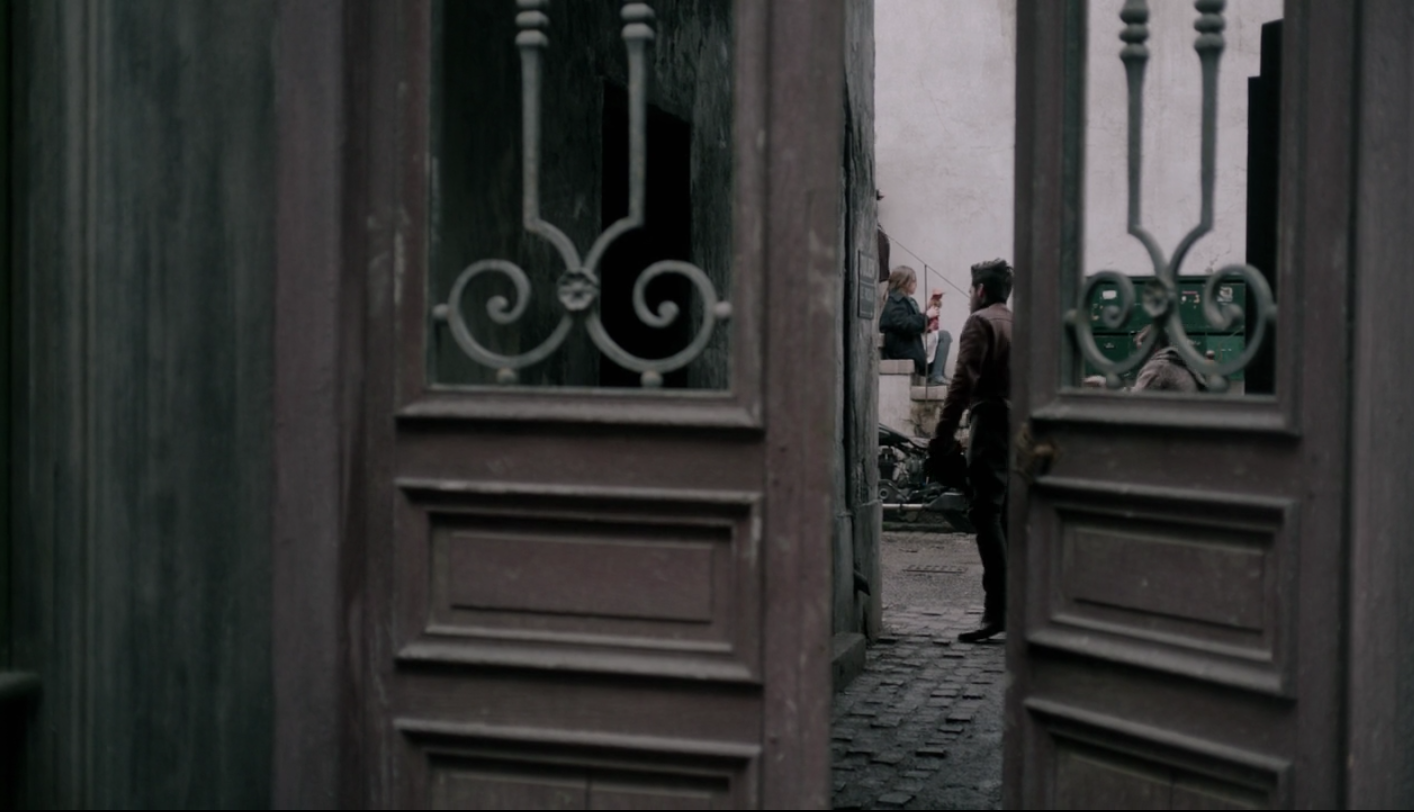
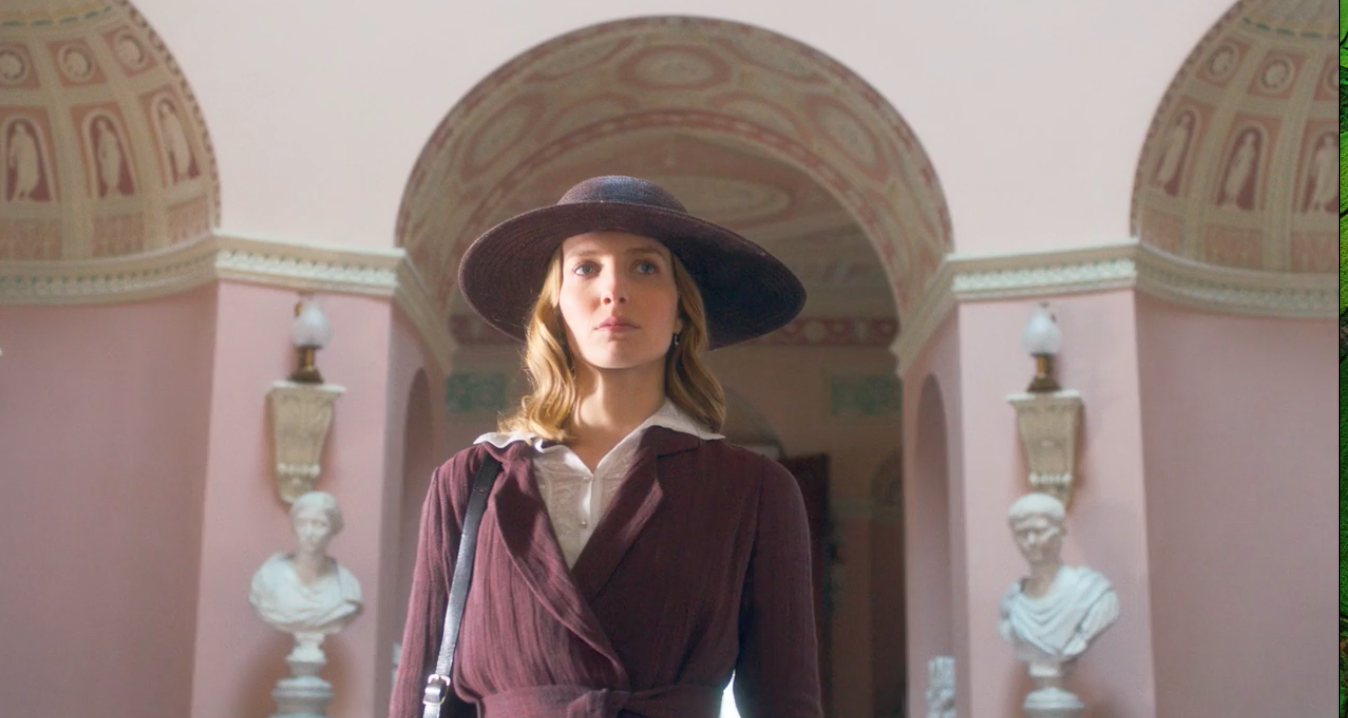
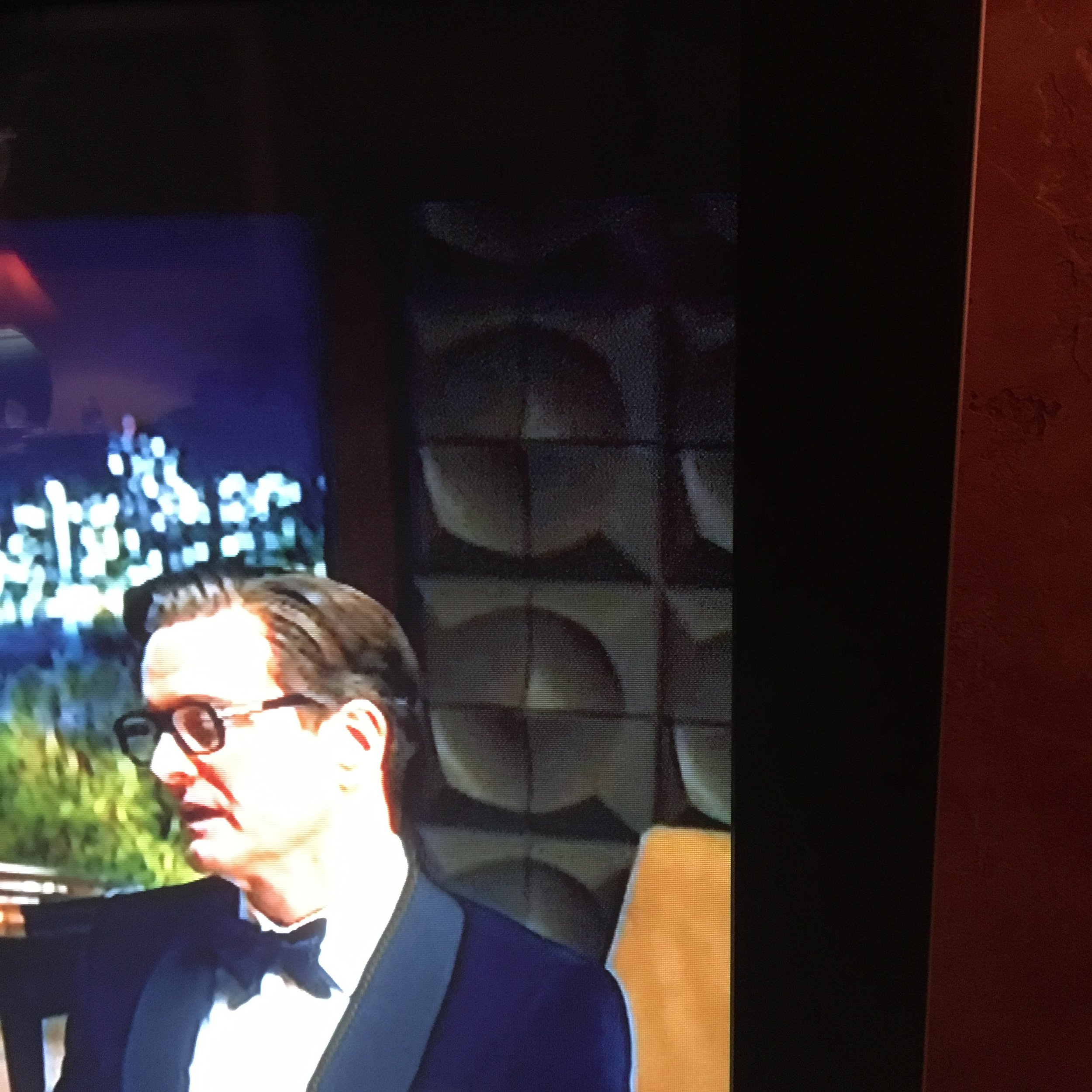
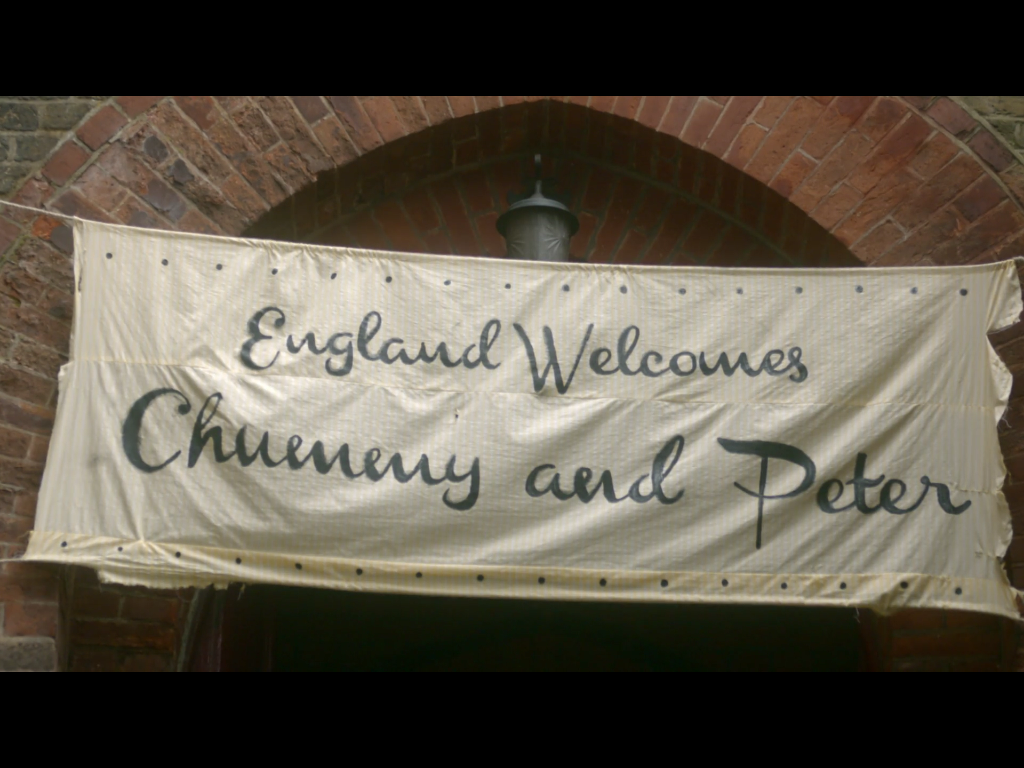
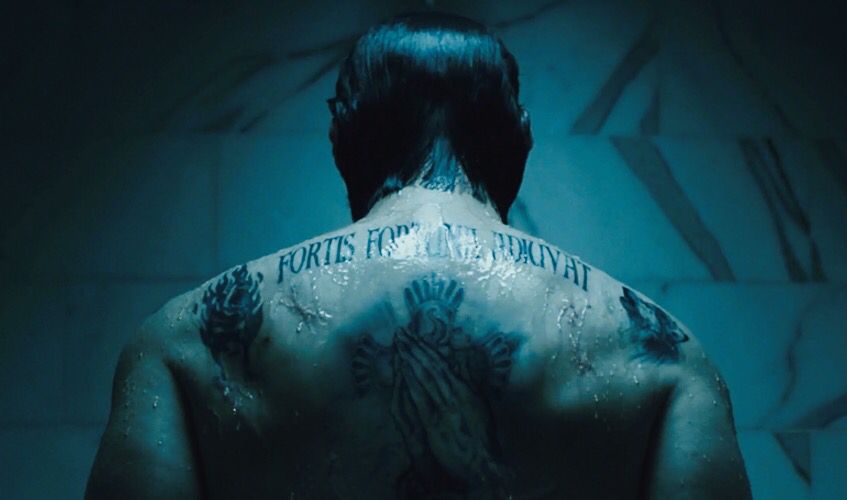
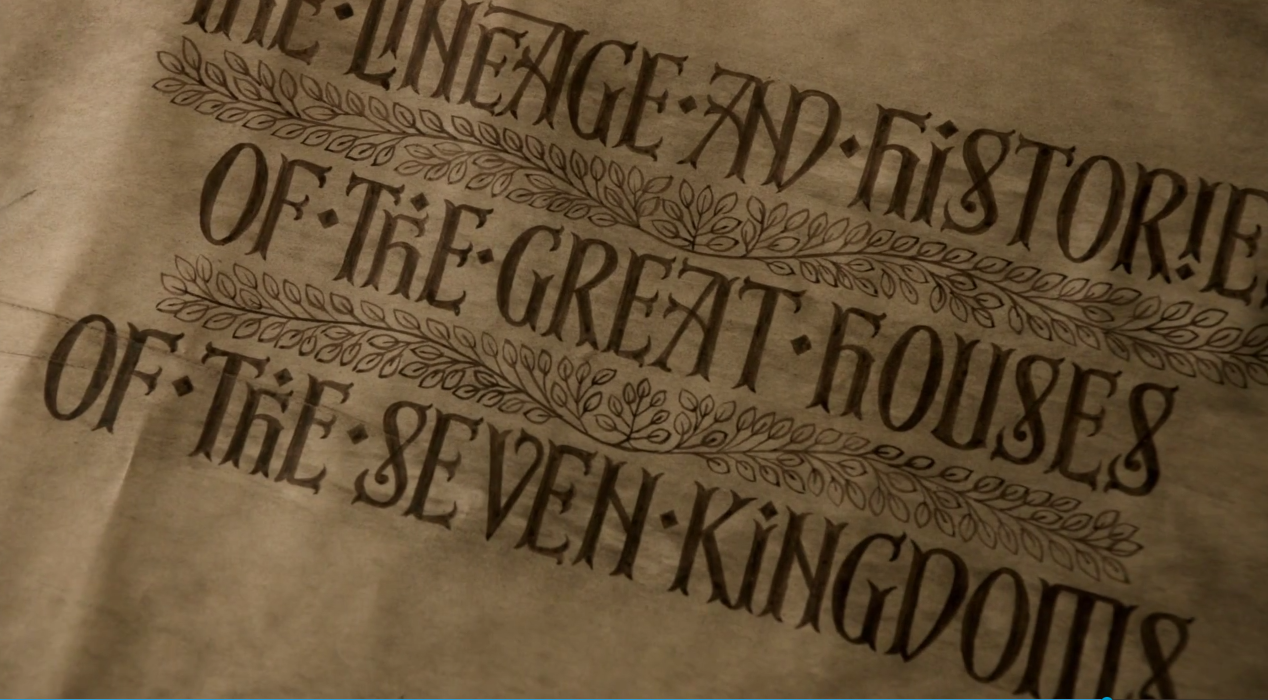
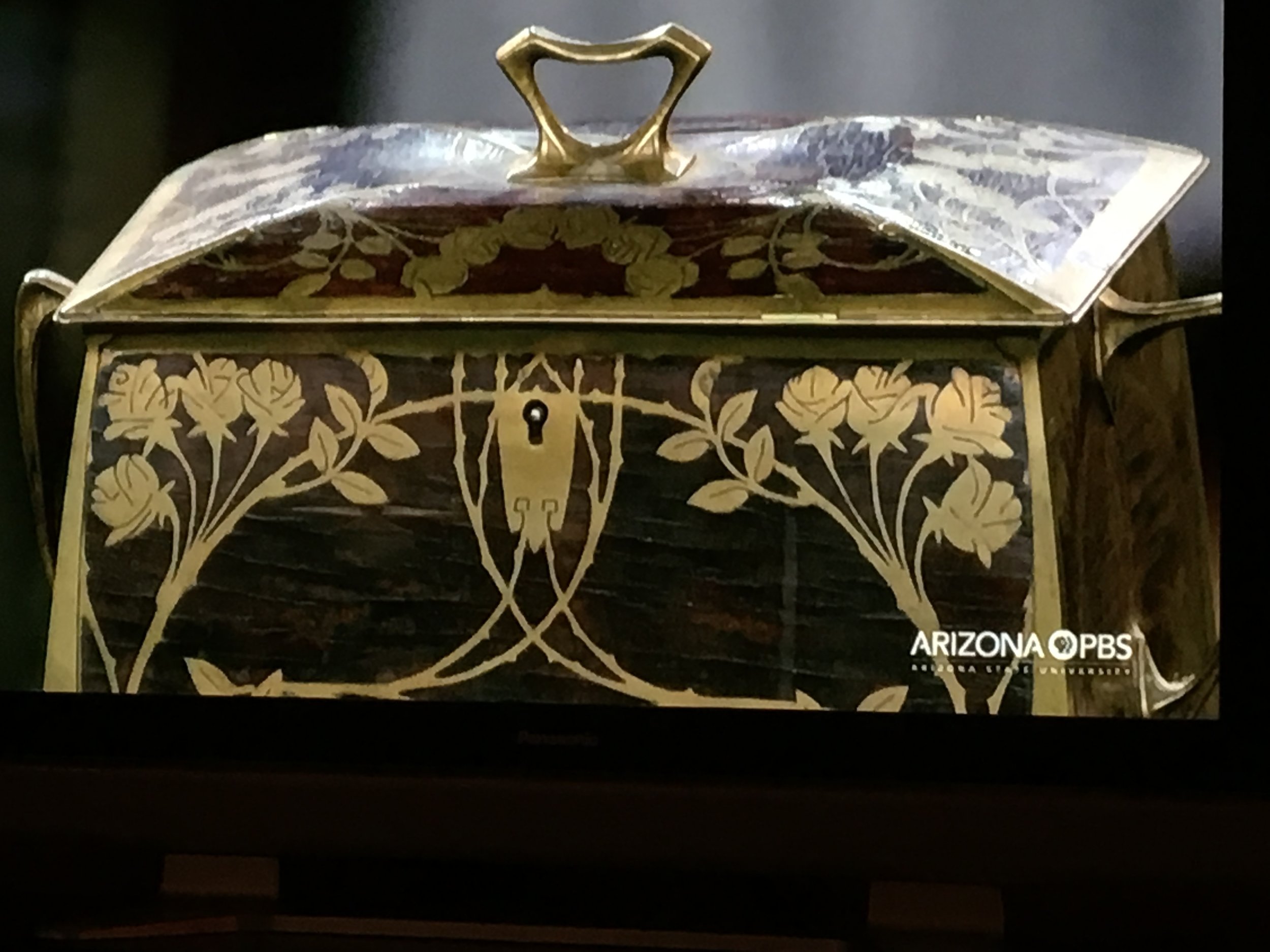
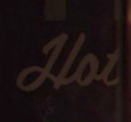
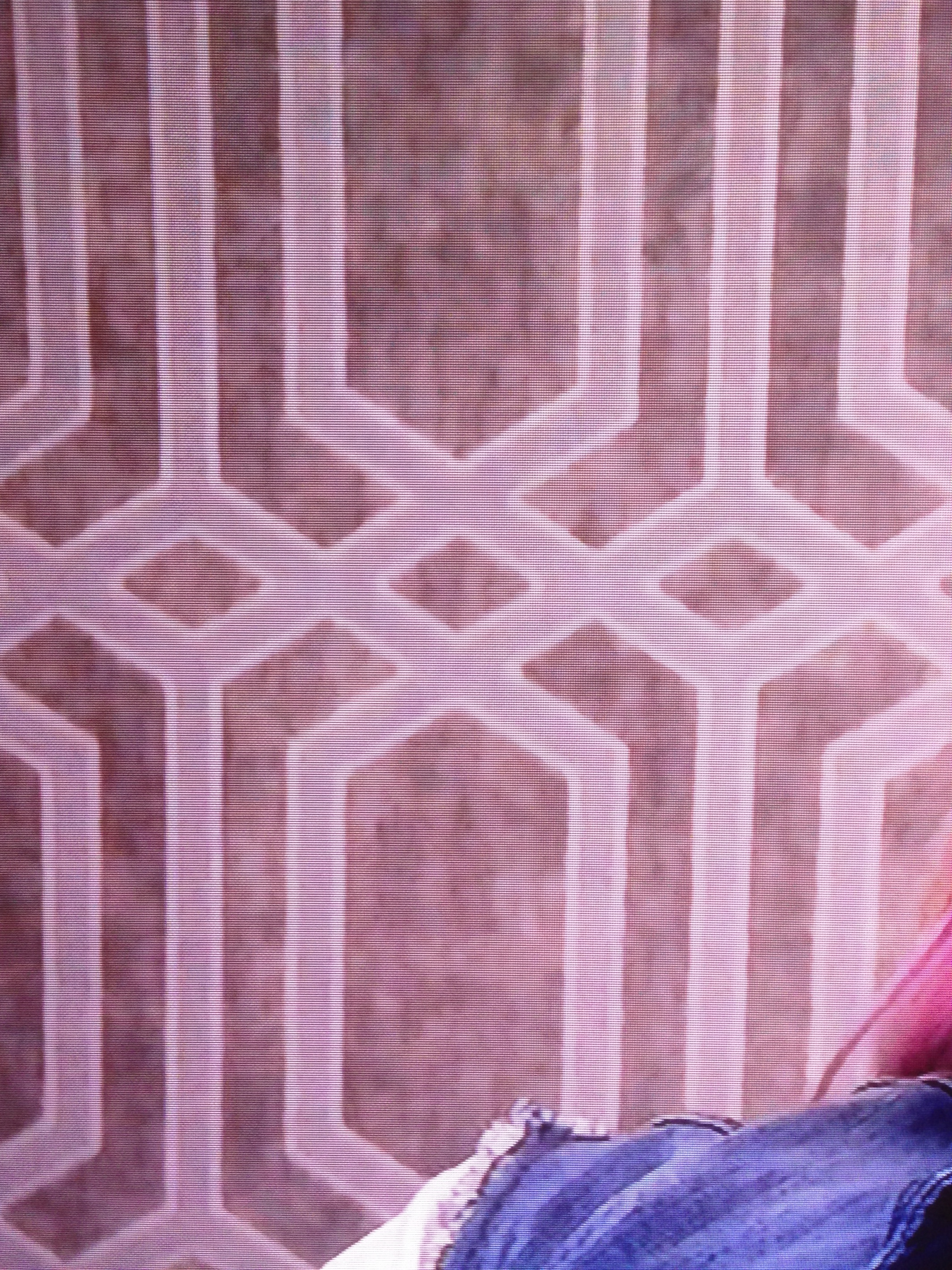
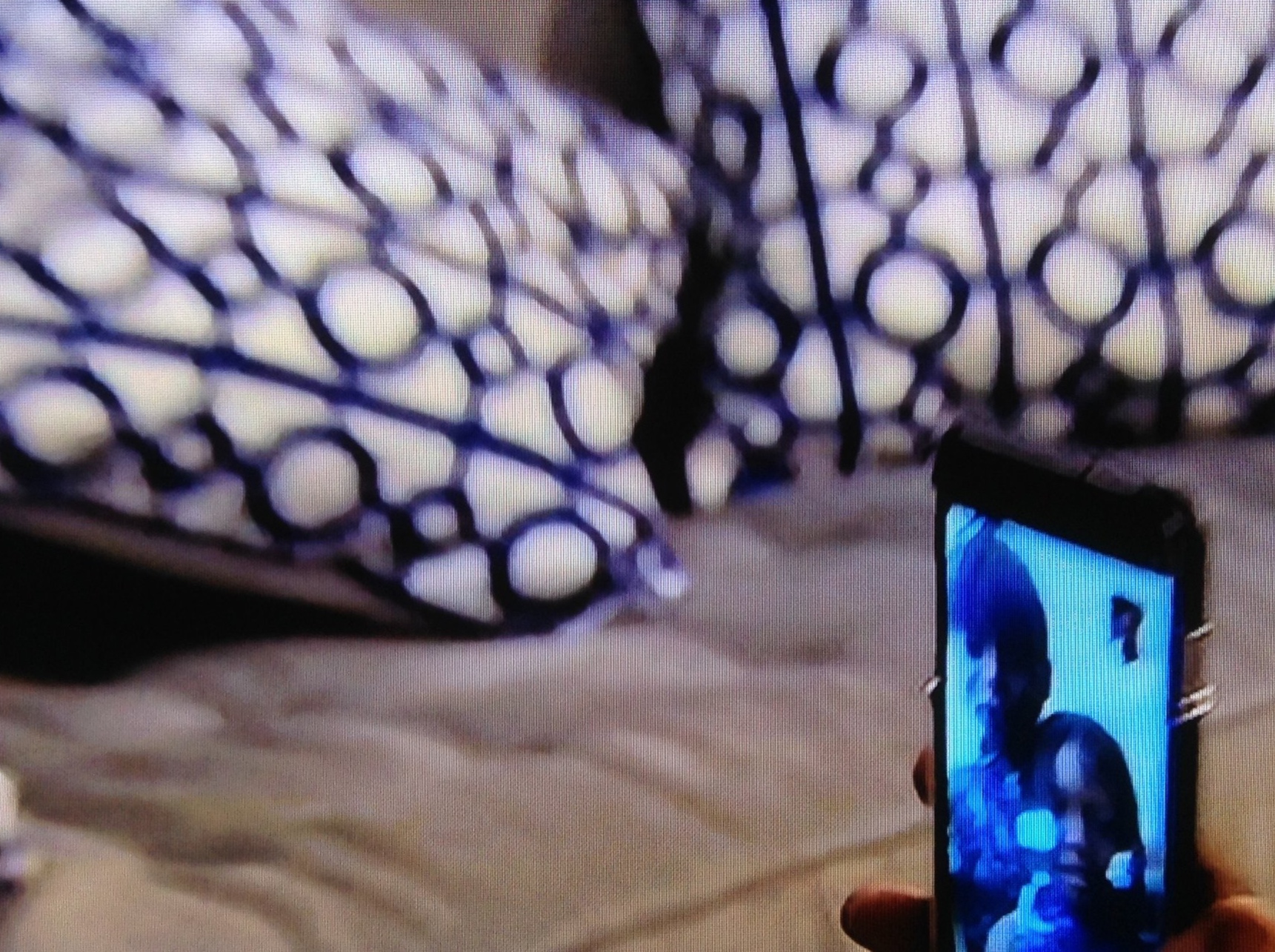
Hunting in the Kitchen
How about food? There are some cool shapes and patterns to be found right at your cutting board.
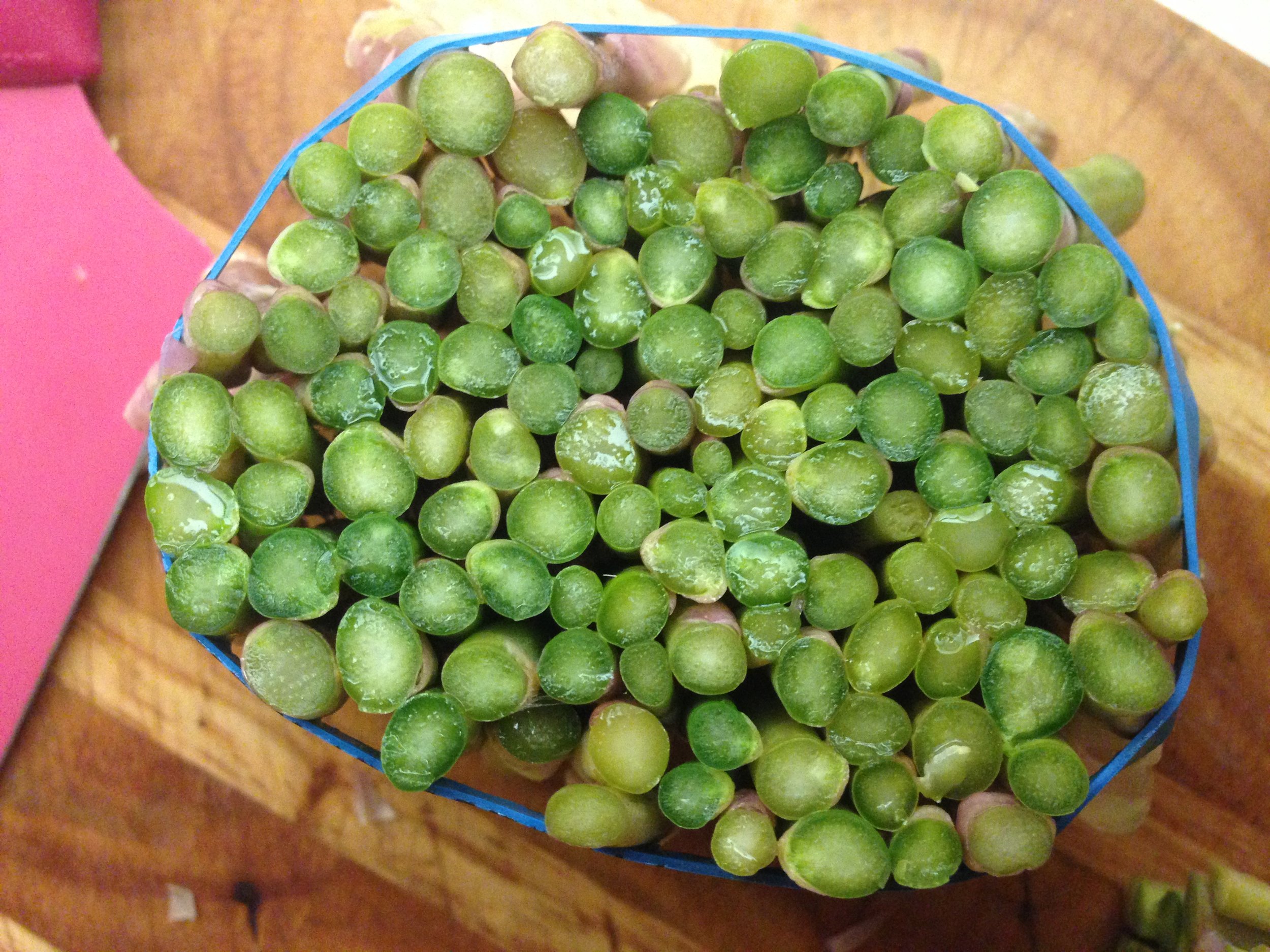
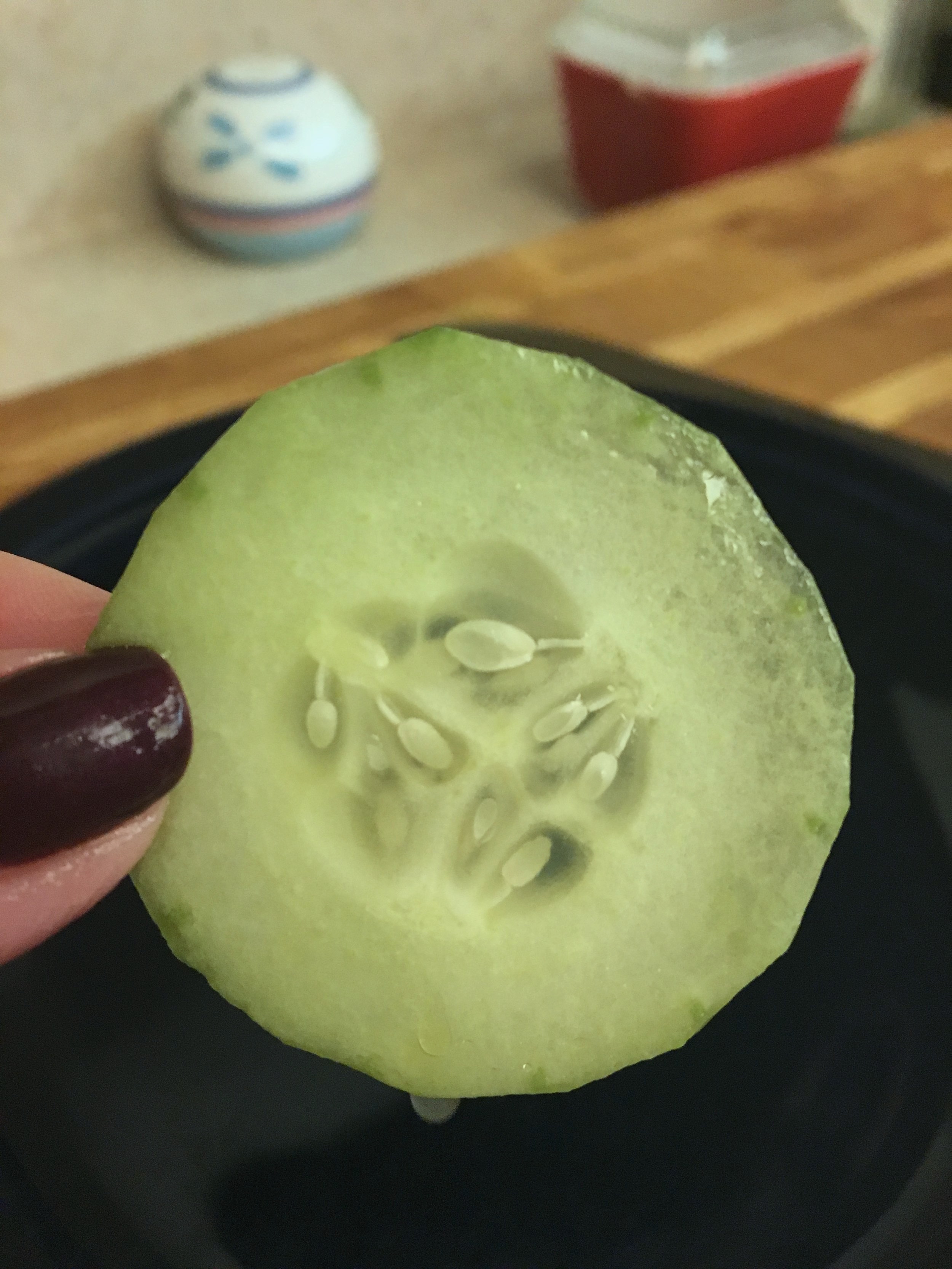

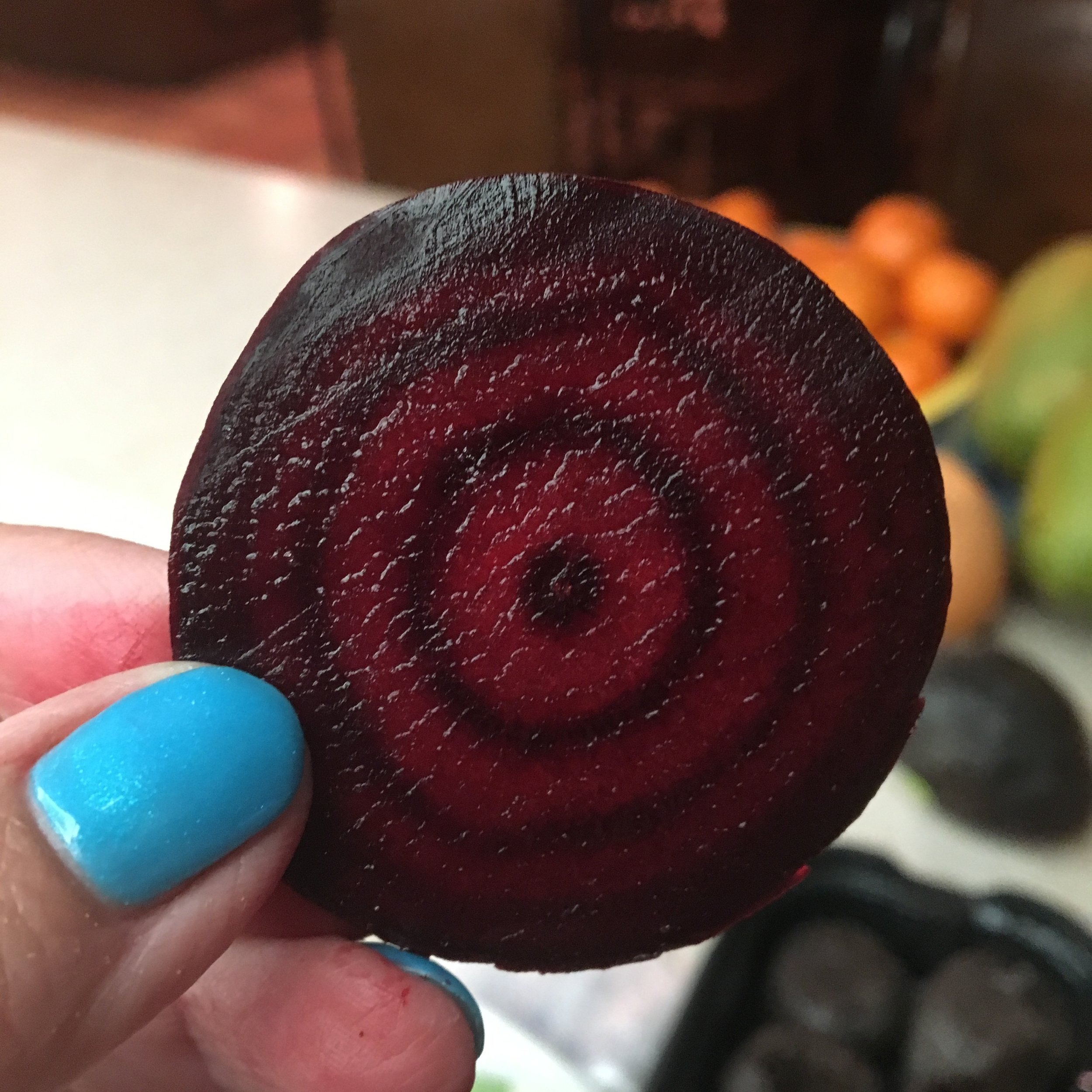

My Successful Hunts & Trophies
An example of using an online reference for sketchbook practice.
An example of using a reference image to jump start a design. You can see the final image is influenced by the photograph but is also greatly different and unique.
Another example from reference image, to drawing to painting.
This is one of my favorite examples of hunting for images. While I was at school, a girl in one of my education classes was wearing these cool peacock earrings she got at a second-hand store. I asked her if I could take a picture because I liked the shape. Around the same time I discovered the art of David Palladini, and loved his blend of organic curves and geometric art-deco style. The last image above is his Star card from the Aquarian Tarot deck. You’ll see his influence in some of my Daydream Odyssey series drawings, as well as Peter Max, whose bubble cloud style is one of my favorite things to riff on.
Lastly, my photo of Chroicoragh that I used first for the Unicorn coloring page, and then for my painting. This one I’ll admit I pretty much straight-up traced, but I’m ok with that because it was a photograph that I took myself, of my own horse. Also I suck at drawing horses. Ha!!
Developing your Artist’s Eye
As you go on your Image safari and begin your collection, you’ll find that you begin to notice things that you didn’t see before, like not only the leaves, but the negative space of shapes between the leaves. You’ll notice that some cars have the same taillights. The curve of a hummingbird’s head is the same as the curve of a duck’s head. Some letters that you thought looked the same at first are actually very different. You’ll notice that the color of a sunset in-between pink and orange reminds you of the inside of a seashell that you saw at your aunt’s house when you were 12.
This is called Developing the Artist’s Eye. It’s a muscle, just like a gymnast who lands a triple back flip has learned the angle of their takeoff and landing, or a golfer adjusts their grip depending on the turf and distance. And the more you make yourself aware of these details, the easier it will be to recall when you’re attempting to draw them.
Follow the Line
But then the real magic happens. Instead of needing to look at the image to draw it, the image will draw itself, how it wants to be drawn - reference images be damned. Because guess what? Your drawing, while being influenced by the thing you saw, doesn’t have to look like that thing! It can be its own unique, beautiful magical drawing, that YOU made. And you did it because you practiced, you paid attention, you soaked in the beauty of the world around you and put it through the filter of your own imagination and your fingertips. Yay, you!
Now go draw something.
In closing
If you’d like to use any of my reference photos in this post to begin a project, please do!! Then share it online and be sure to tag me @heidhorch, I’d love to see it!!
Let me know if you have any questions.
Thanks so much for stopping by!
xo heidi
A Word of Caution on Using Found Images
Using your own images is ideal, but it’s almost impossible in this day and age with Google Image Search right at our fingertips, to NOT use an online resource. Using reference images from online sources is common but should be treated with caution and respect.
All artists “steal” (for clarity on this I highly recommend Austin klein’s book, Steal Like an Artist, or you can watch his Ted Talk here.)
It’s fine to copy as long as you are practicing. Copy as much as you want in your sketchbook. Everyone does this when they’re first starting out. The important thing here is that you then do not share it or even try to sell it as original work. That is theft.
If you do use an online source for original work, be sure that your iteration of the image is at least 70% or more changed from the original.
While it’s common to be influenced by Native or Aboriginal traditional styles, do not advertise your artwork as “Native American” unless you yourself are Native American. DO NOT copy Native or indigenous work and sell it as your own. There are a lot of fine lines here and the general rule is if you think you might be crossing a line, you probably are. Click here for further explanation: cultural misappropriation.
But if you need to see the shape of a horse’s leg, and you have no access to a horse, by all means study photos of horses online. Or better yet, a book! The problem you might come into is if you totally copy a trademarked image of a horse, by a photographer who makes his living off of it, and then you go and sell a thousand prints of it in your Etsy shop. (Oh and don’t even get me started on Etsy…) But like I said if you’re practicing, and you copy a photo of a horse, and you post a picture online of the original photograph along with your drawing, give credit to the photographer (tag them, link to their page, just give their name, etc.), and say to your friends, “Hey, look, I think I’m improving!” No one is going to sue you over that.
The problem comes when you don’t give credit to the original artist, and you benefit from the image. See the story below.
It’s not just the beginner or uneducated artist stealing, it’s big companies, too. For an excellent example of this, and how it was handled well, read Lauren Hom’s Instagram story highlight on how Cosmopolitan stole one of her designs!
Art theft does happen, it’s very common, and it totally sucks when it happens to you. Just be cautious and respectful. It’s also great to thank other artists for influencing you! Give us a shoutout, we love it!!
If you found this article useful, please share it with others. Thank you.
